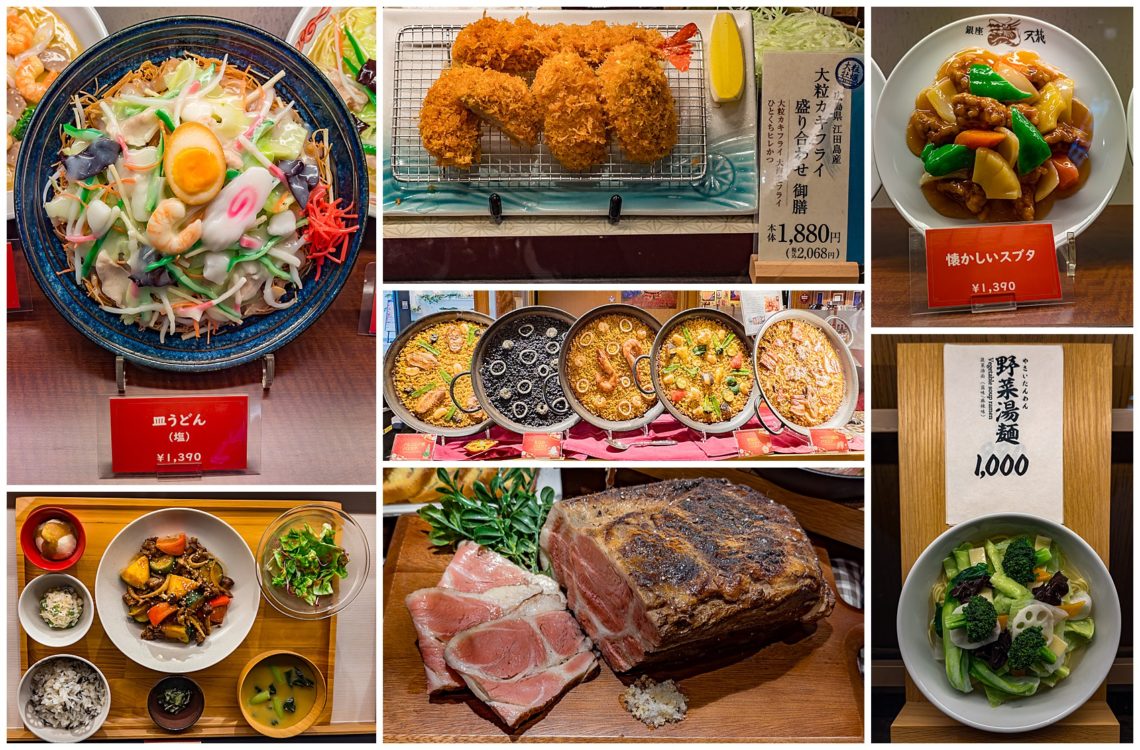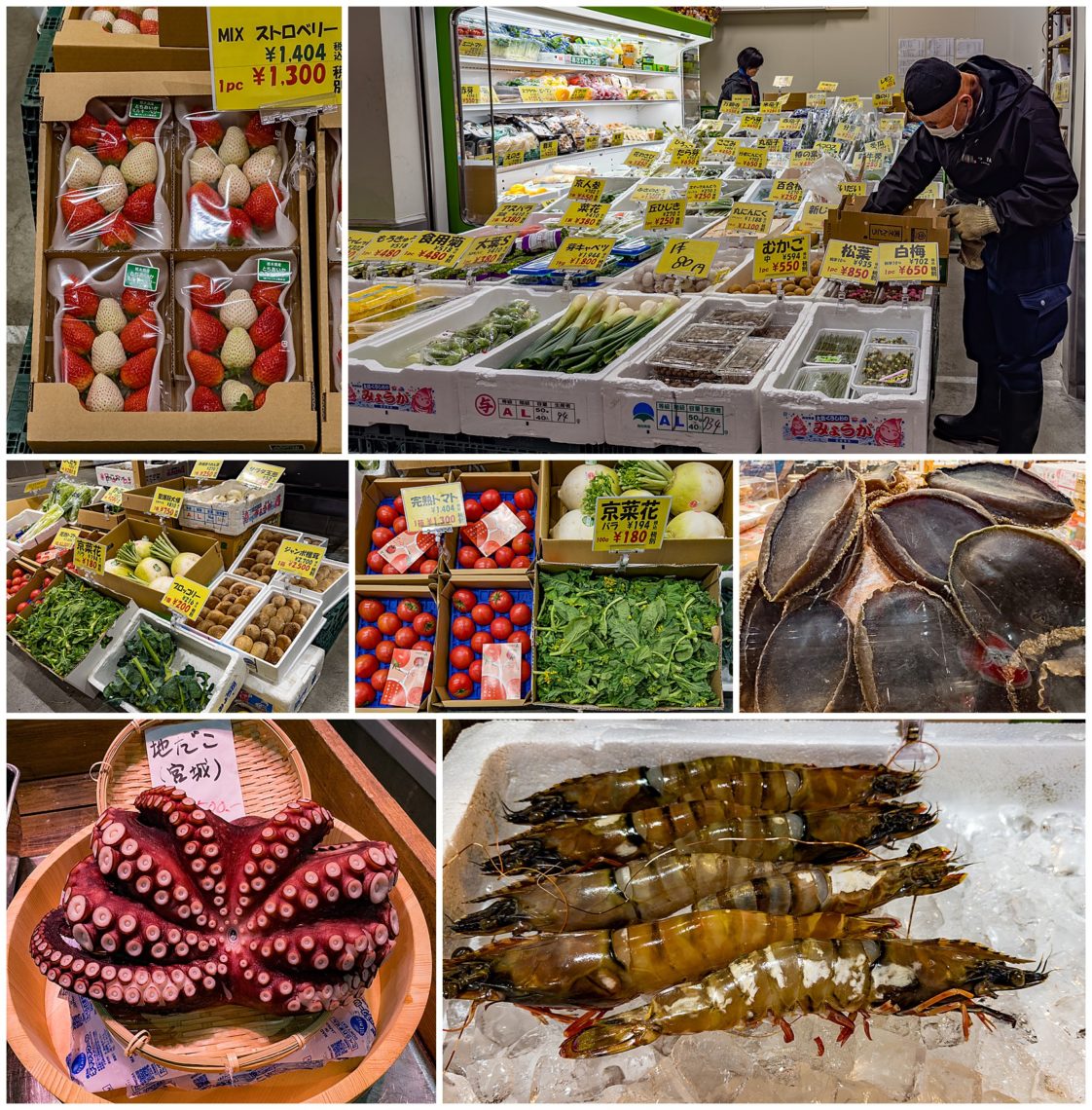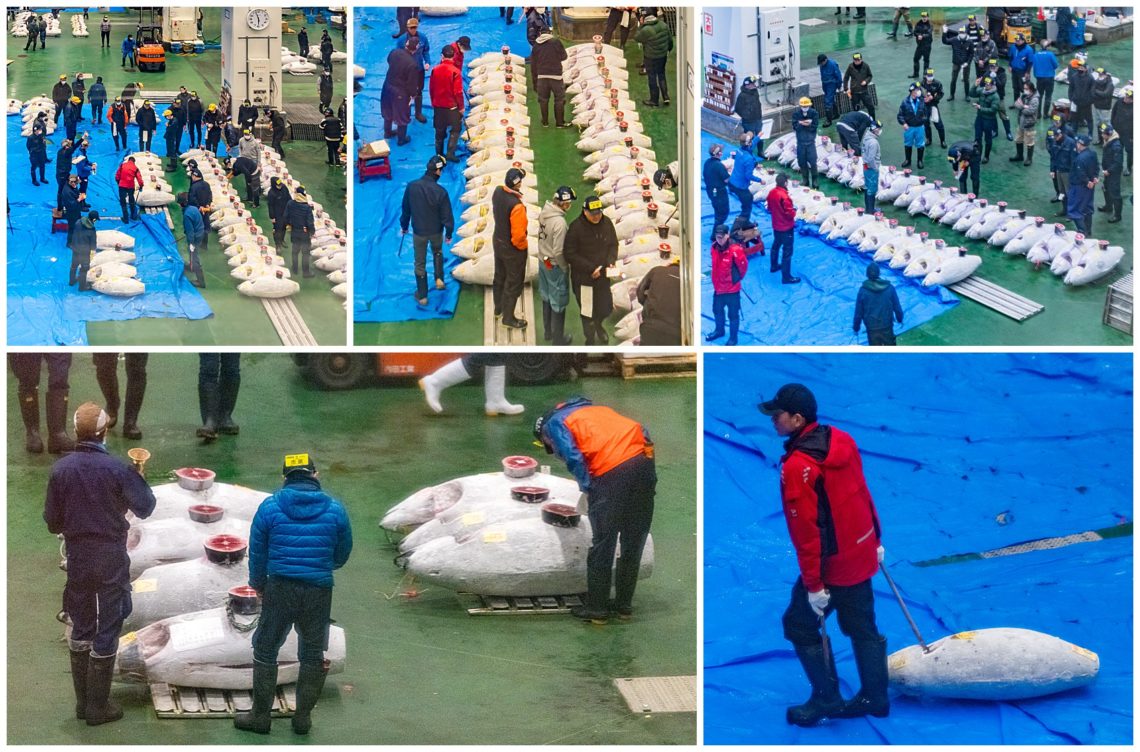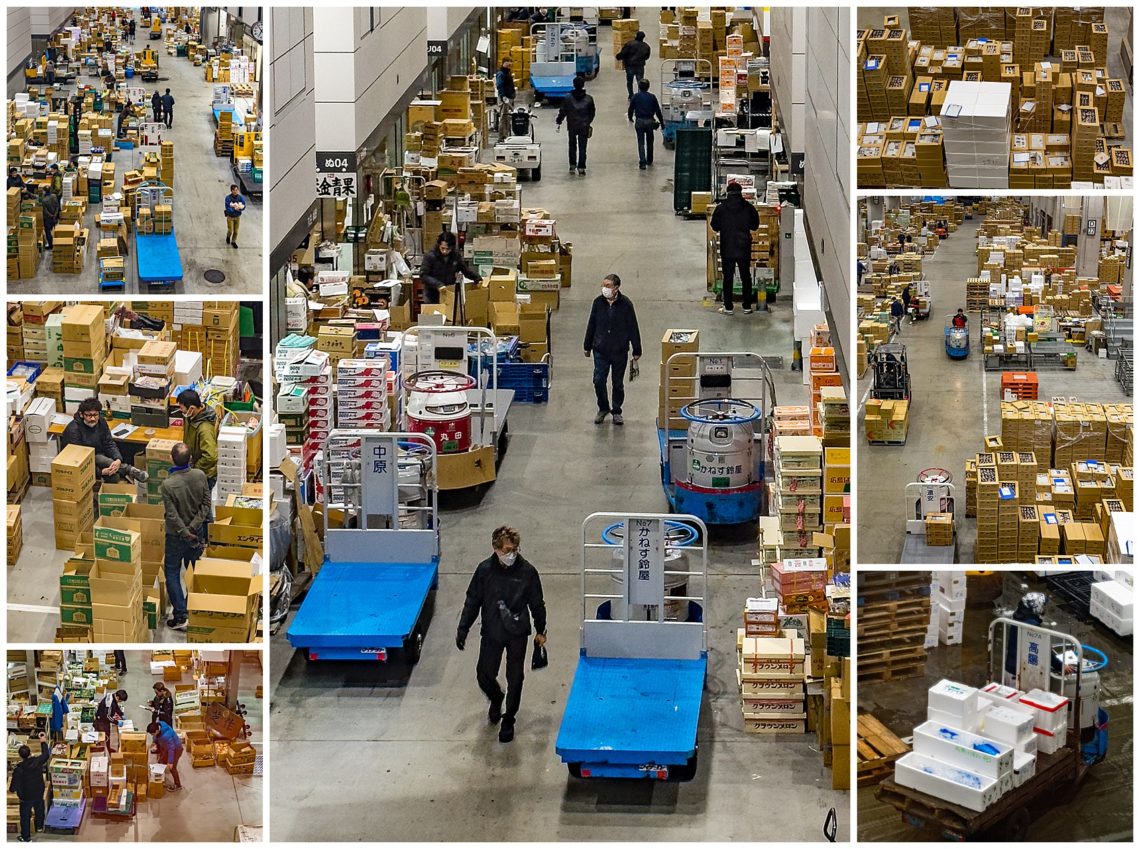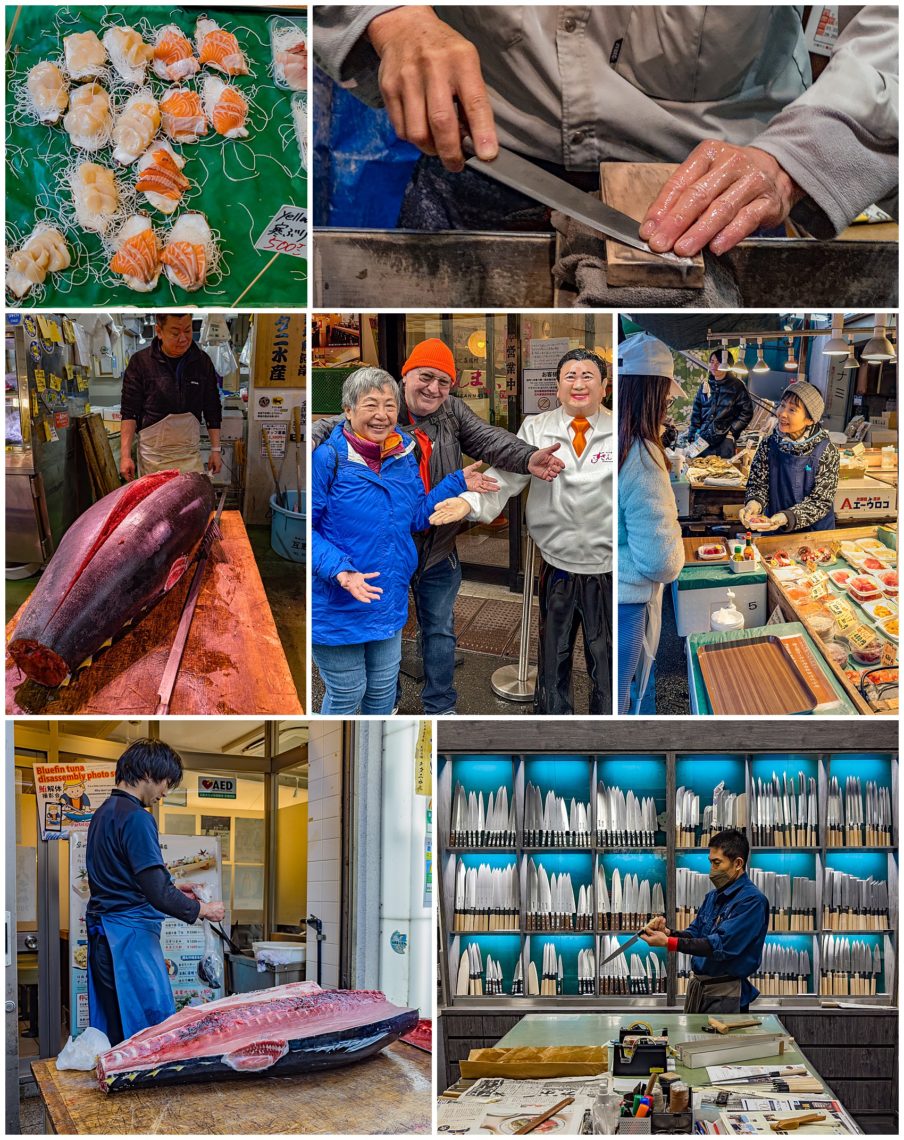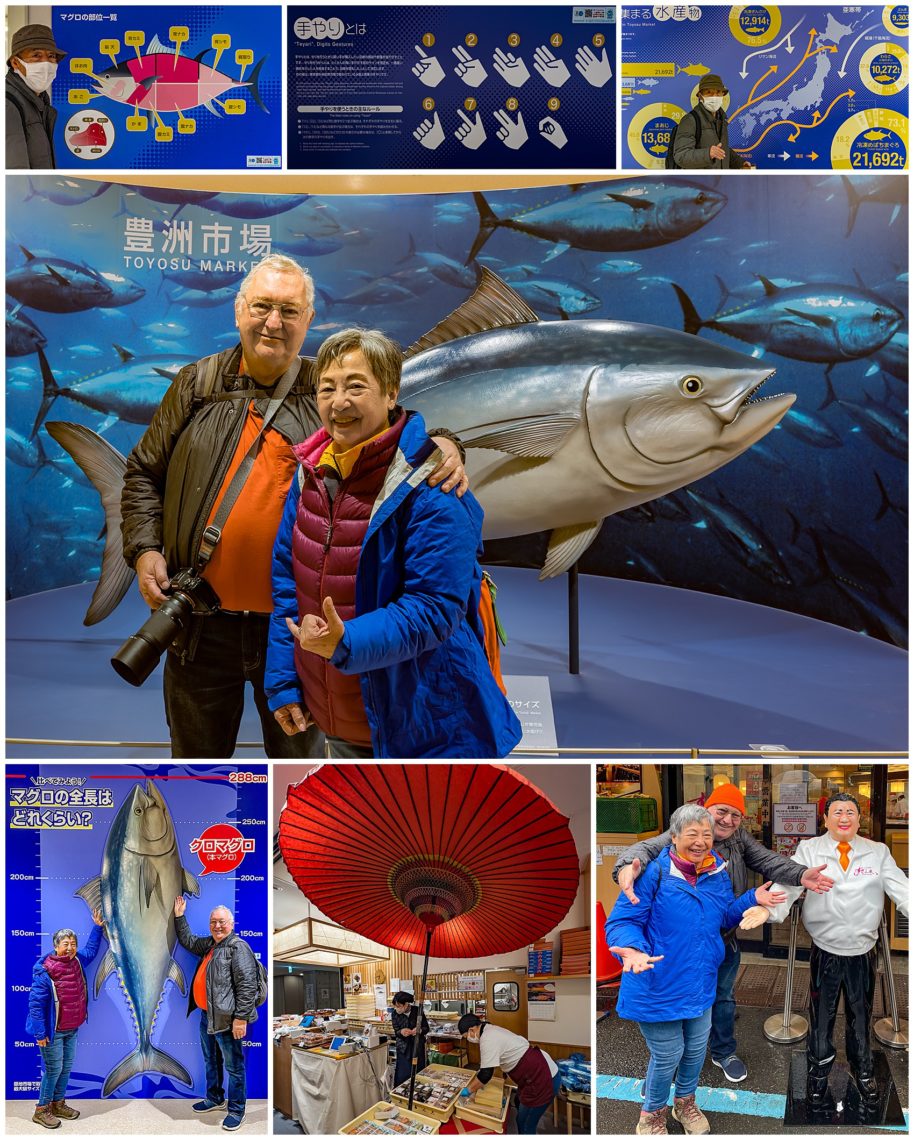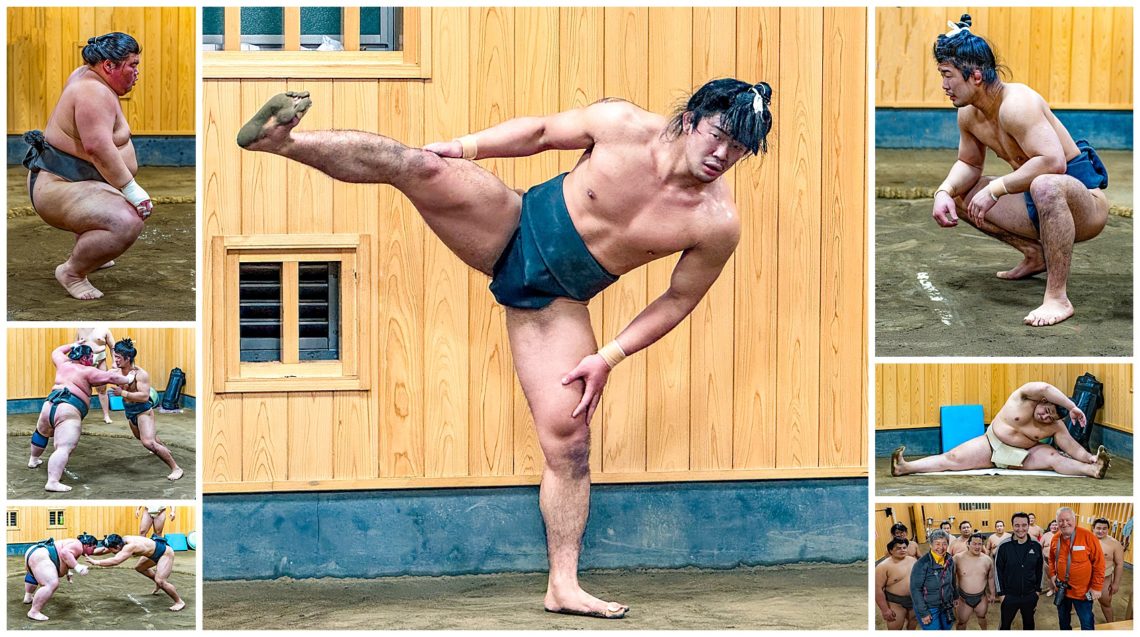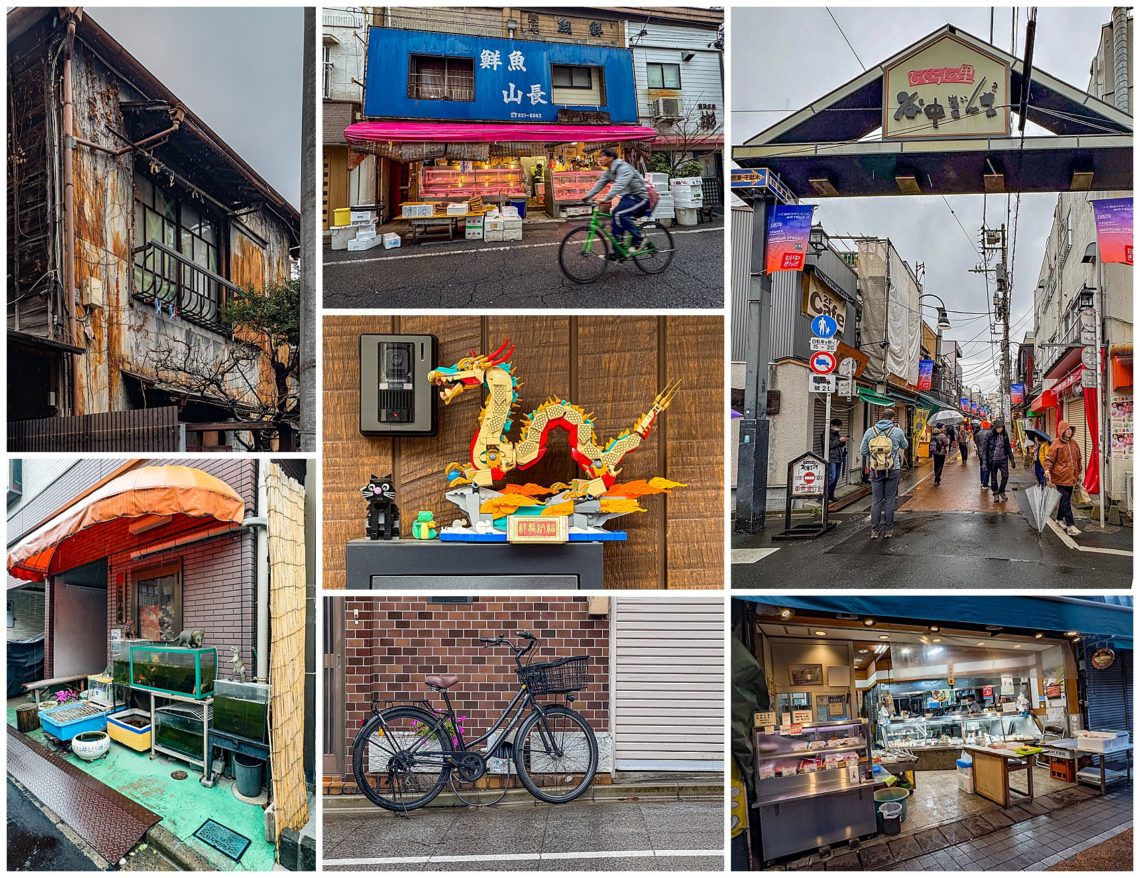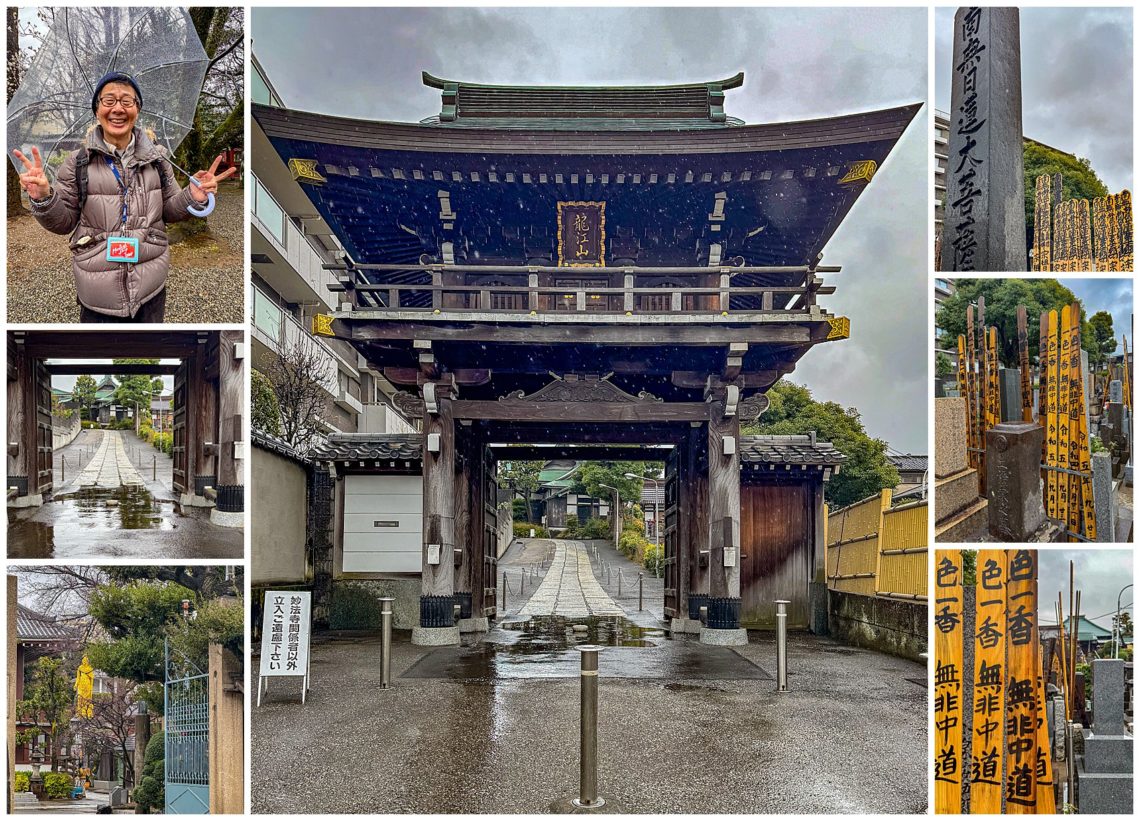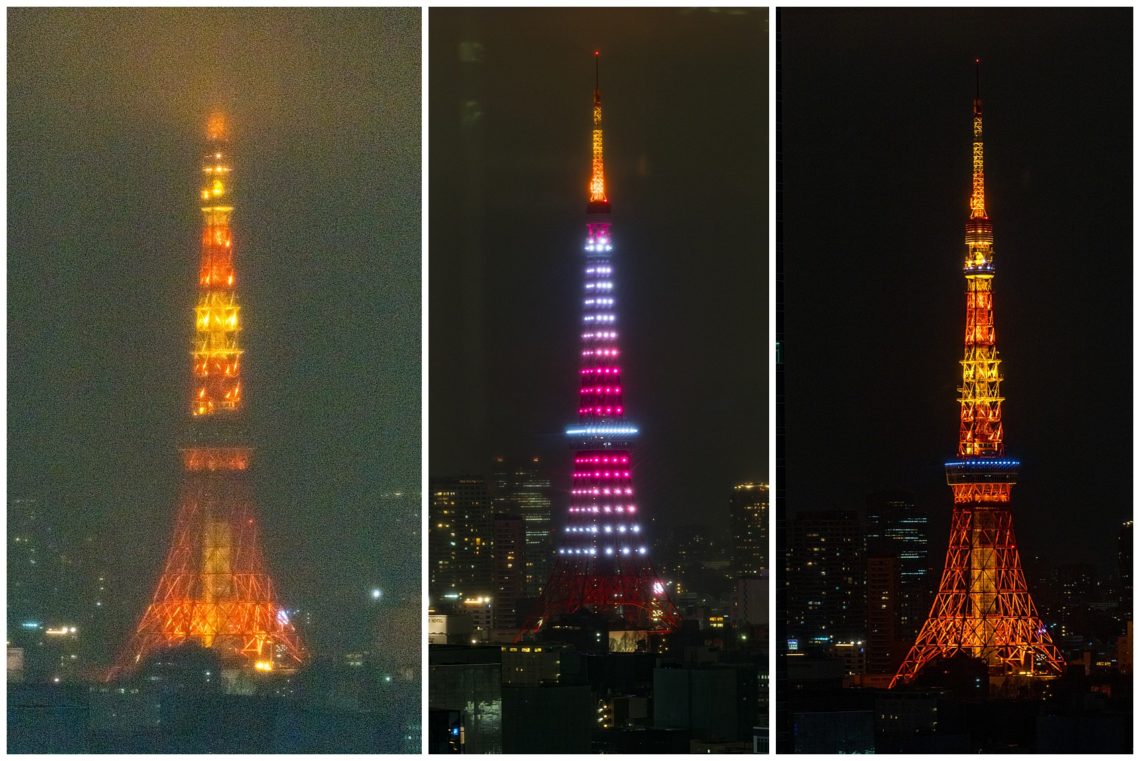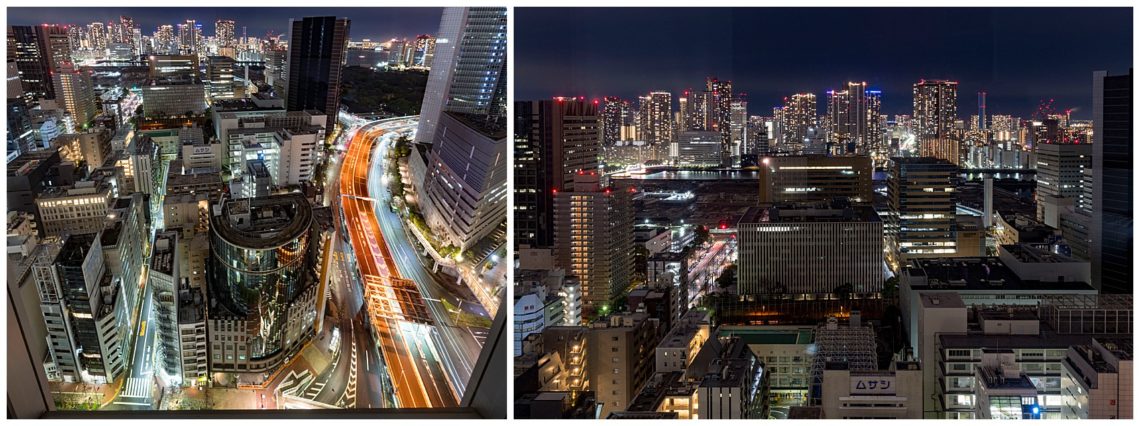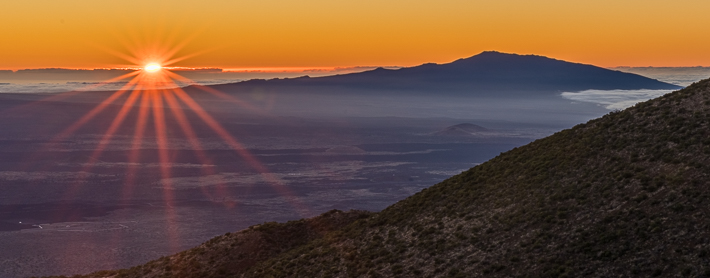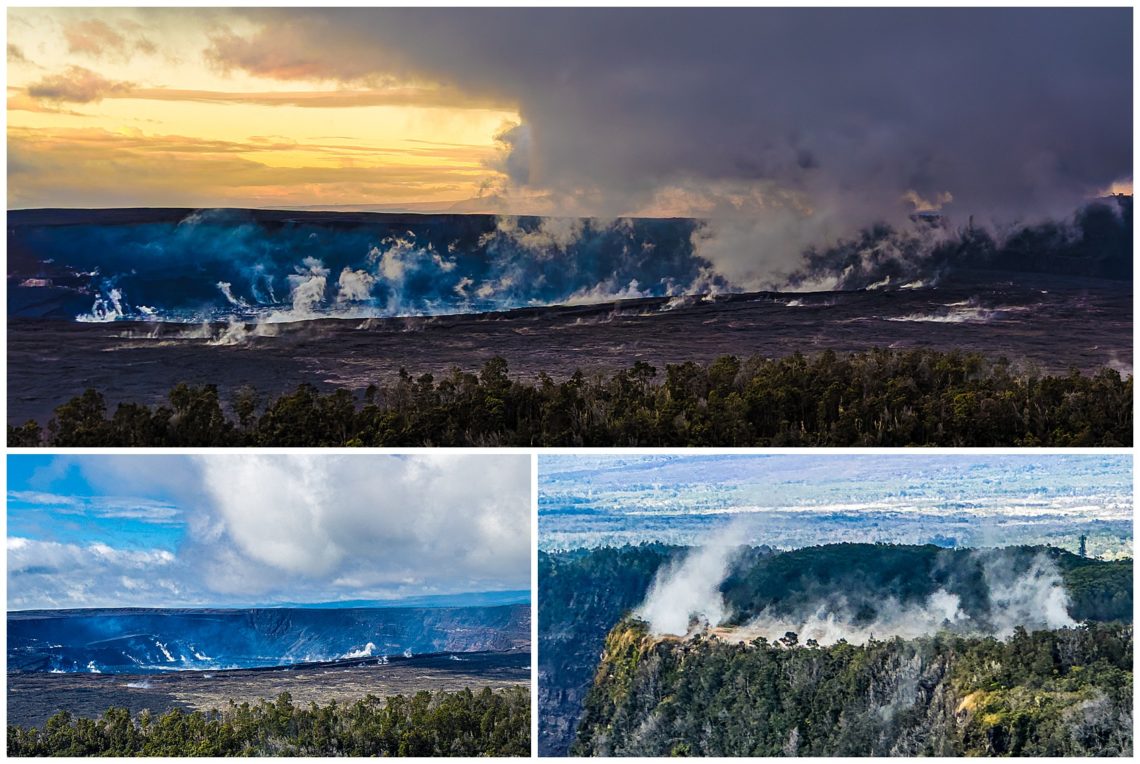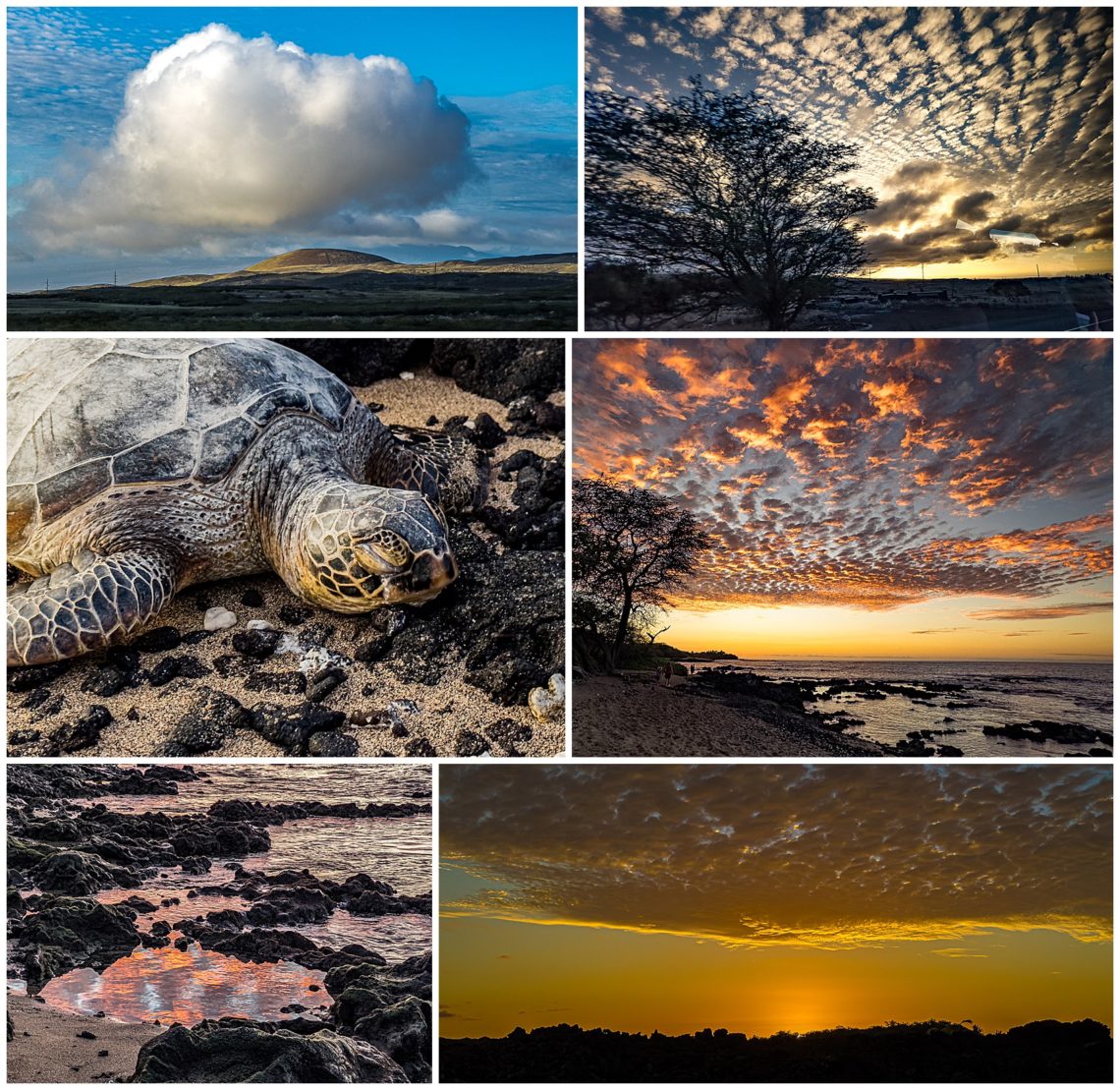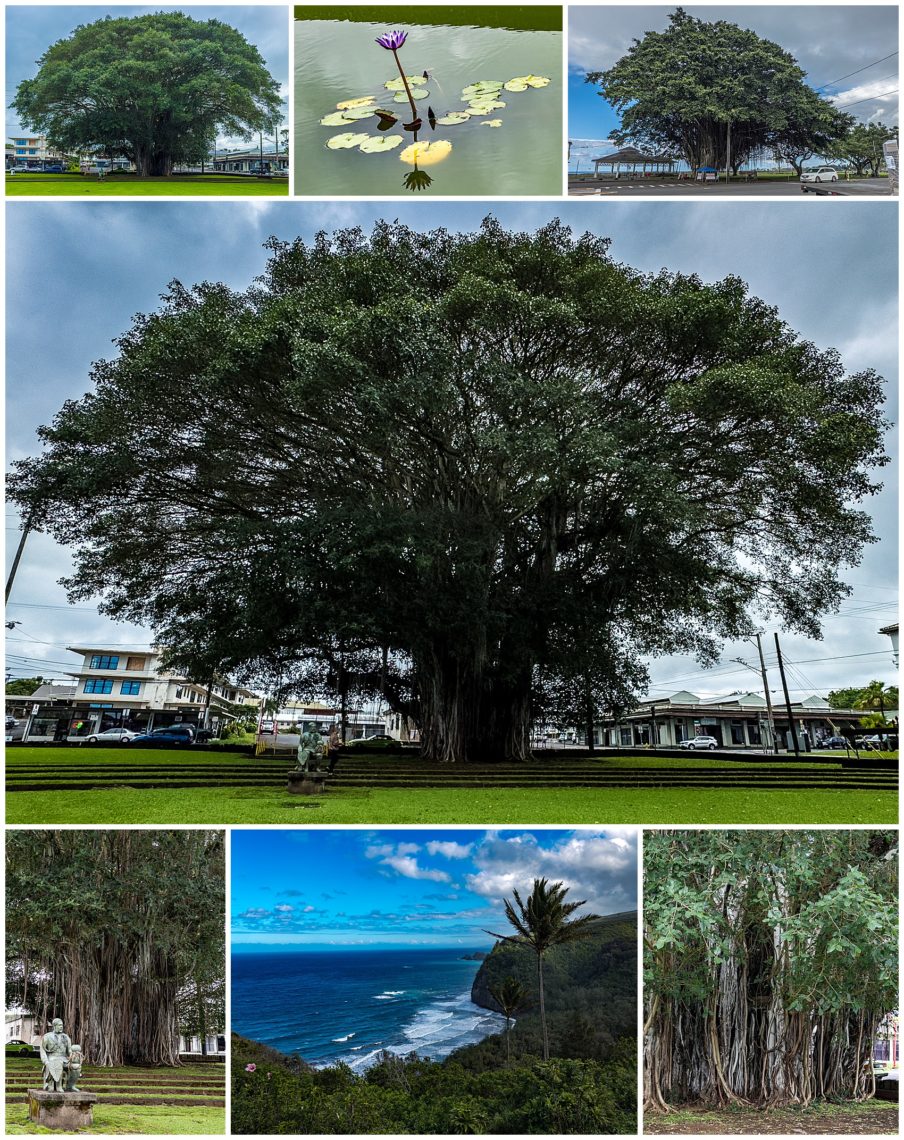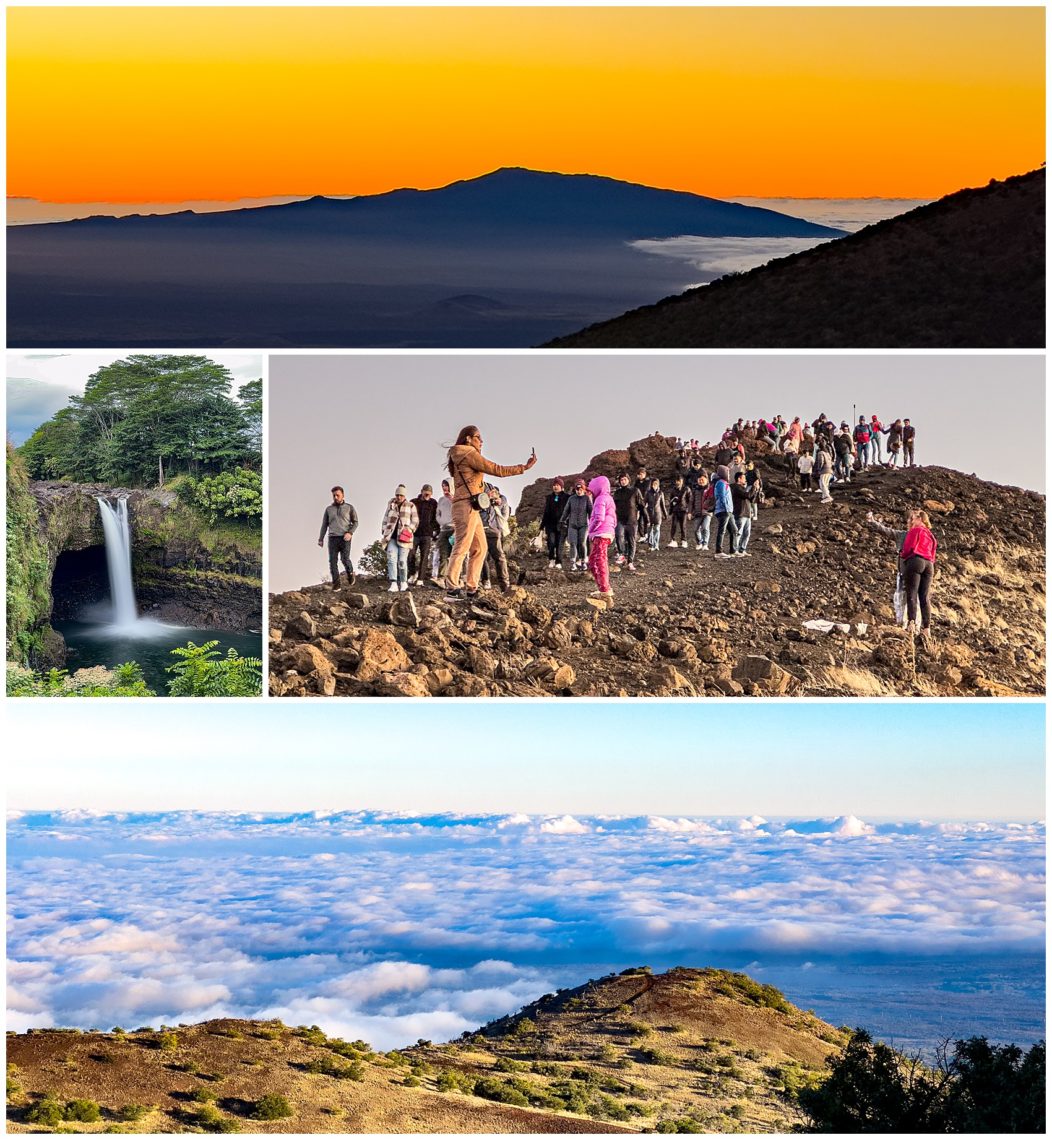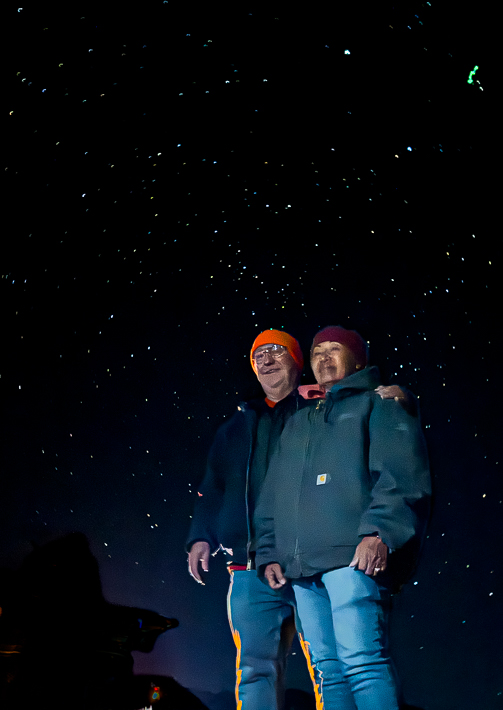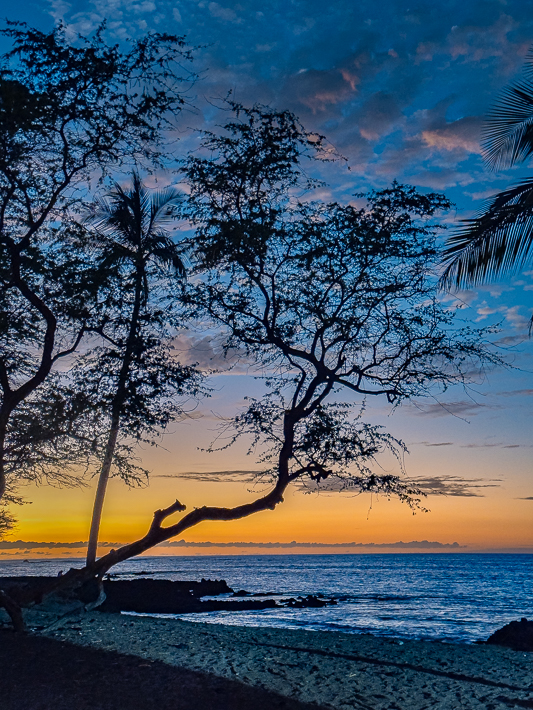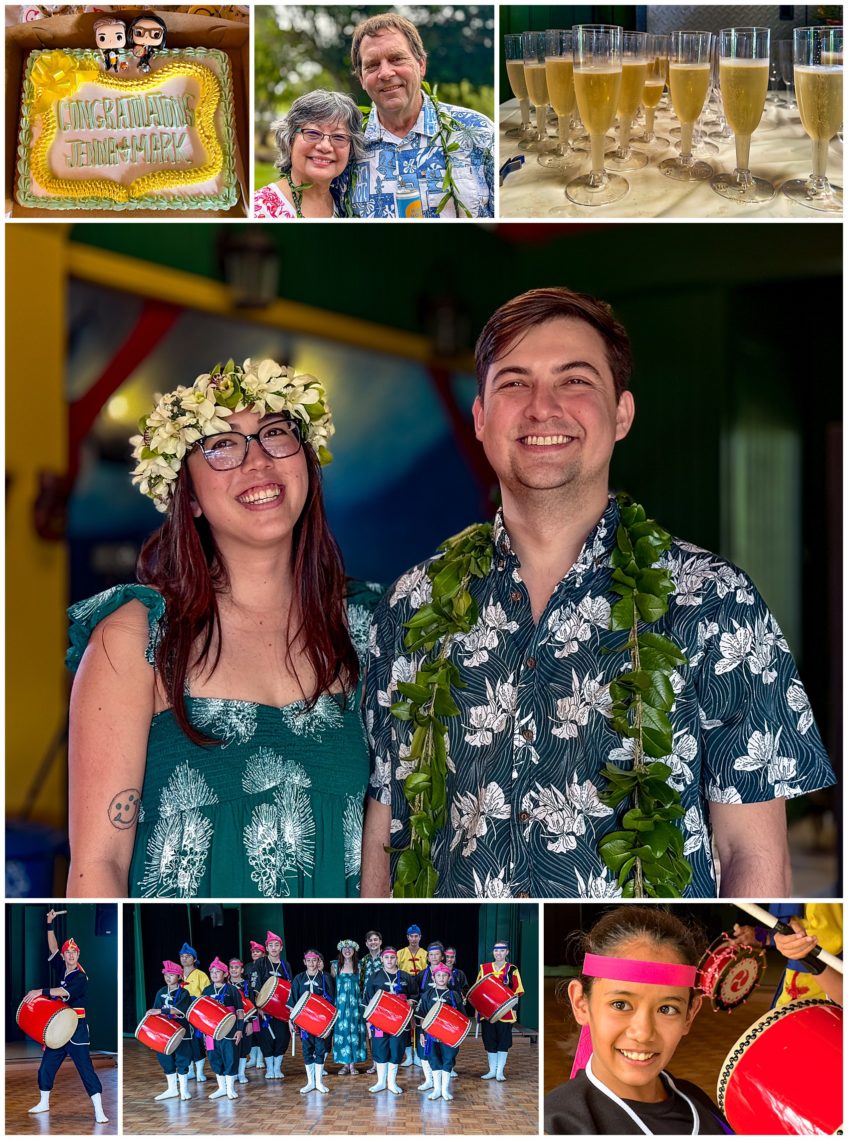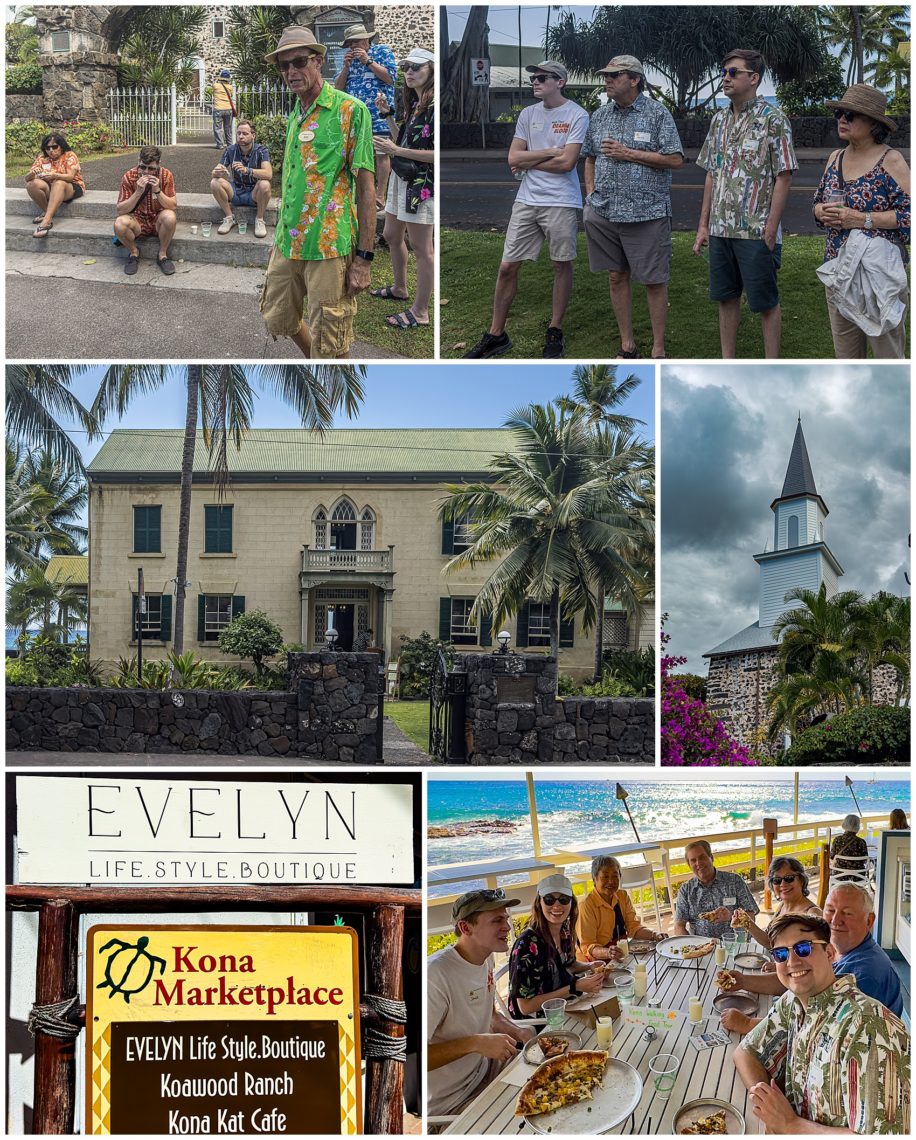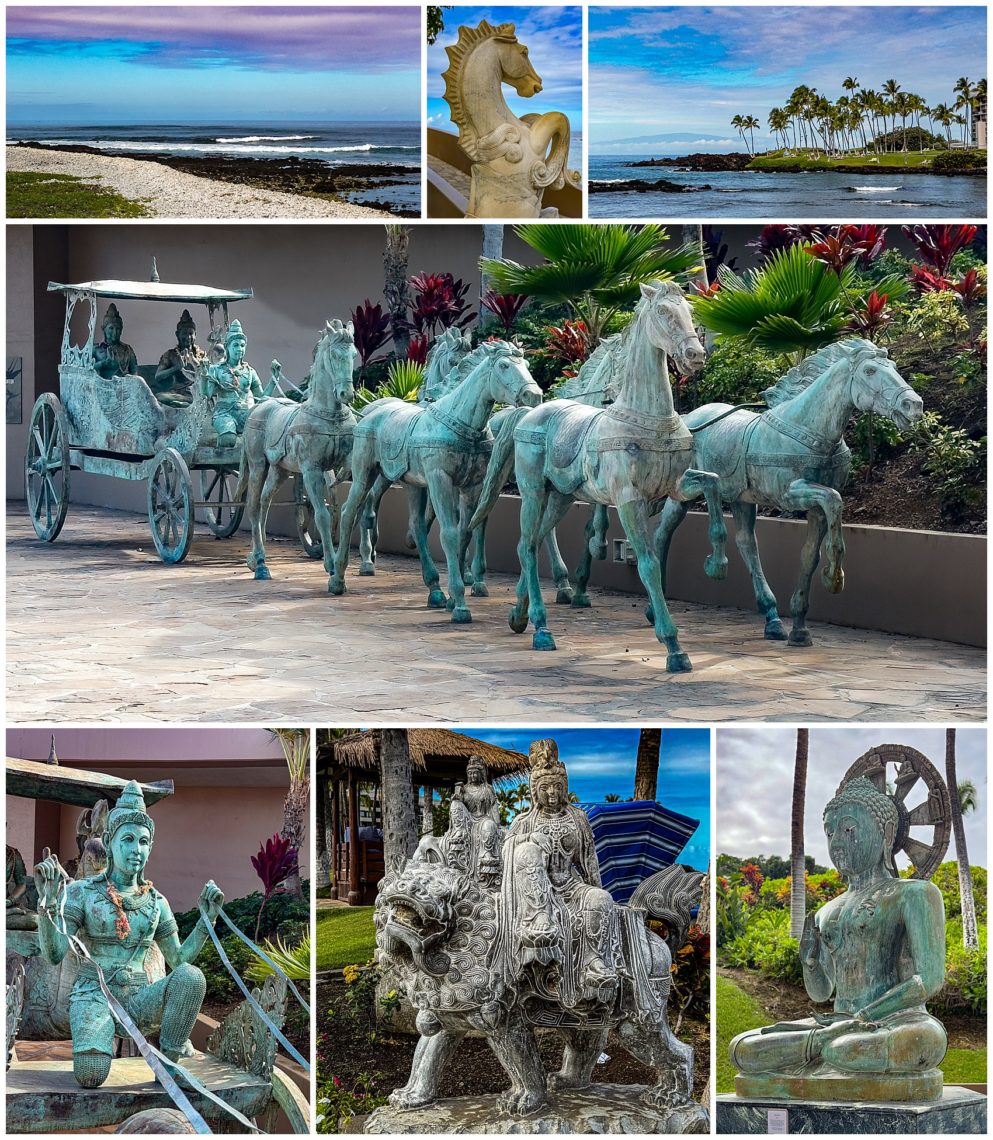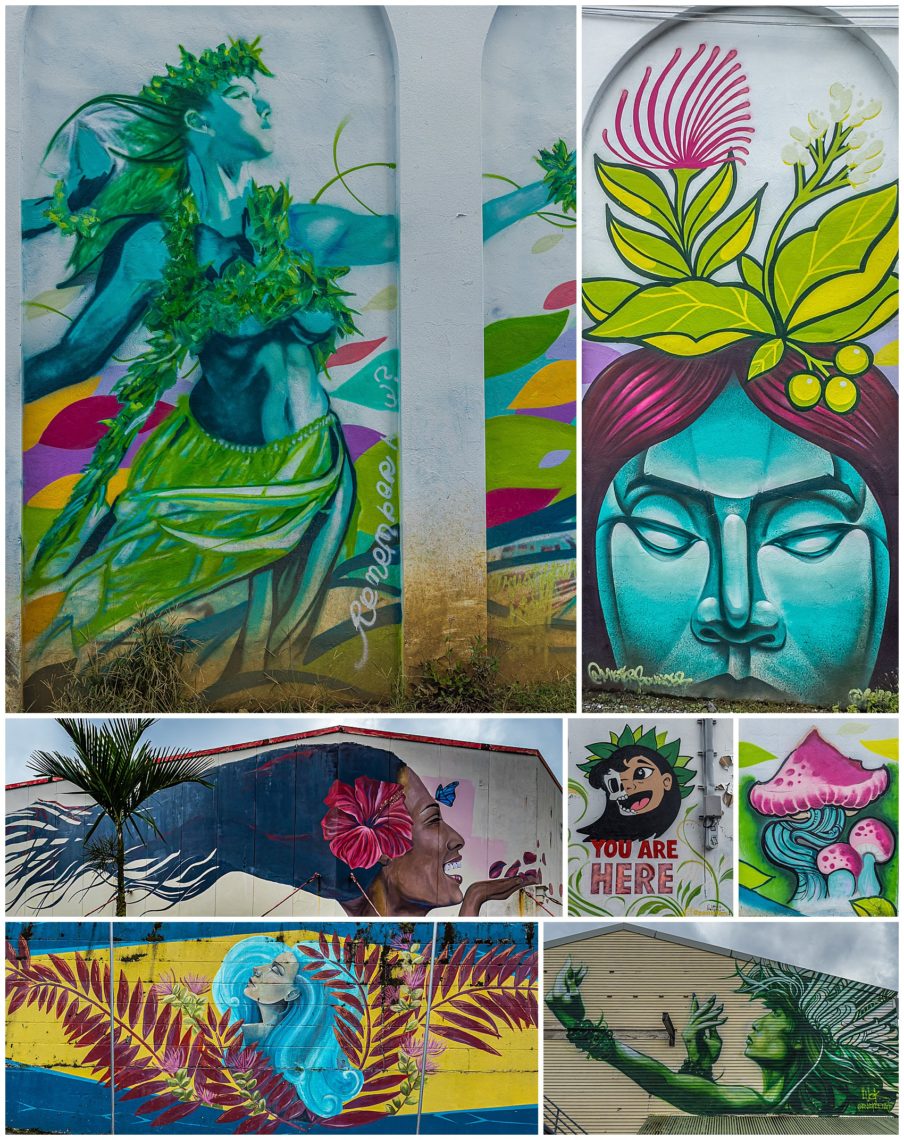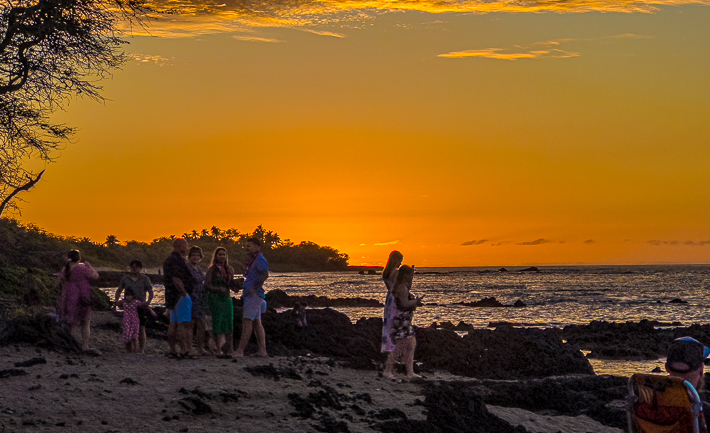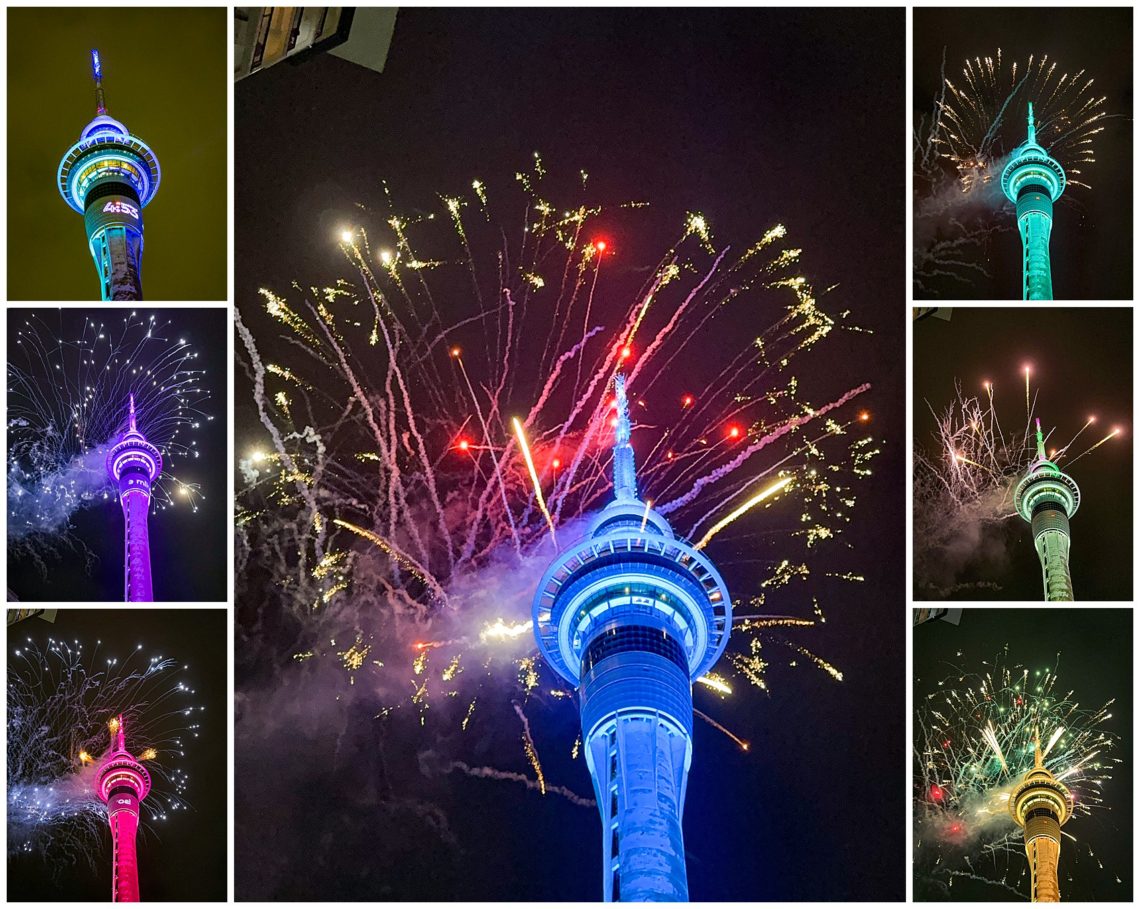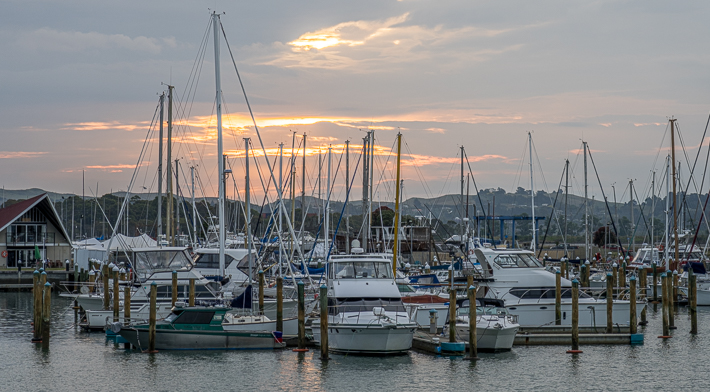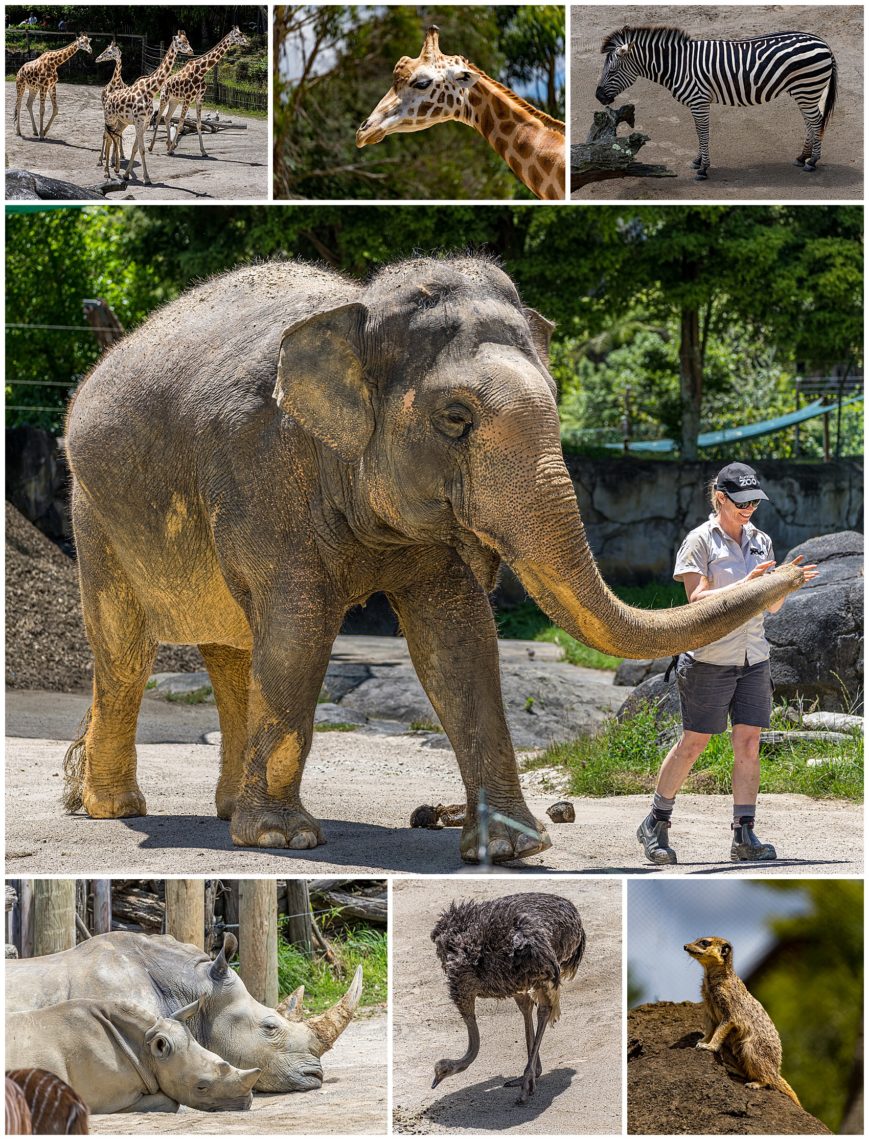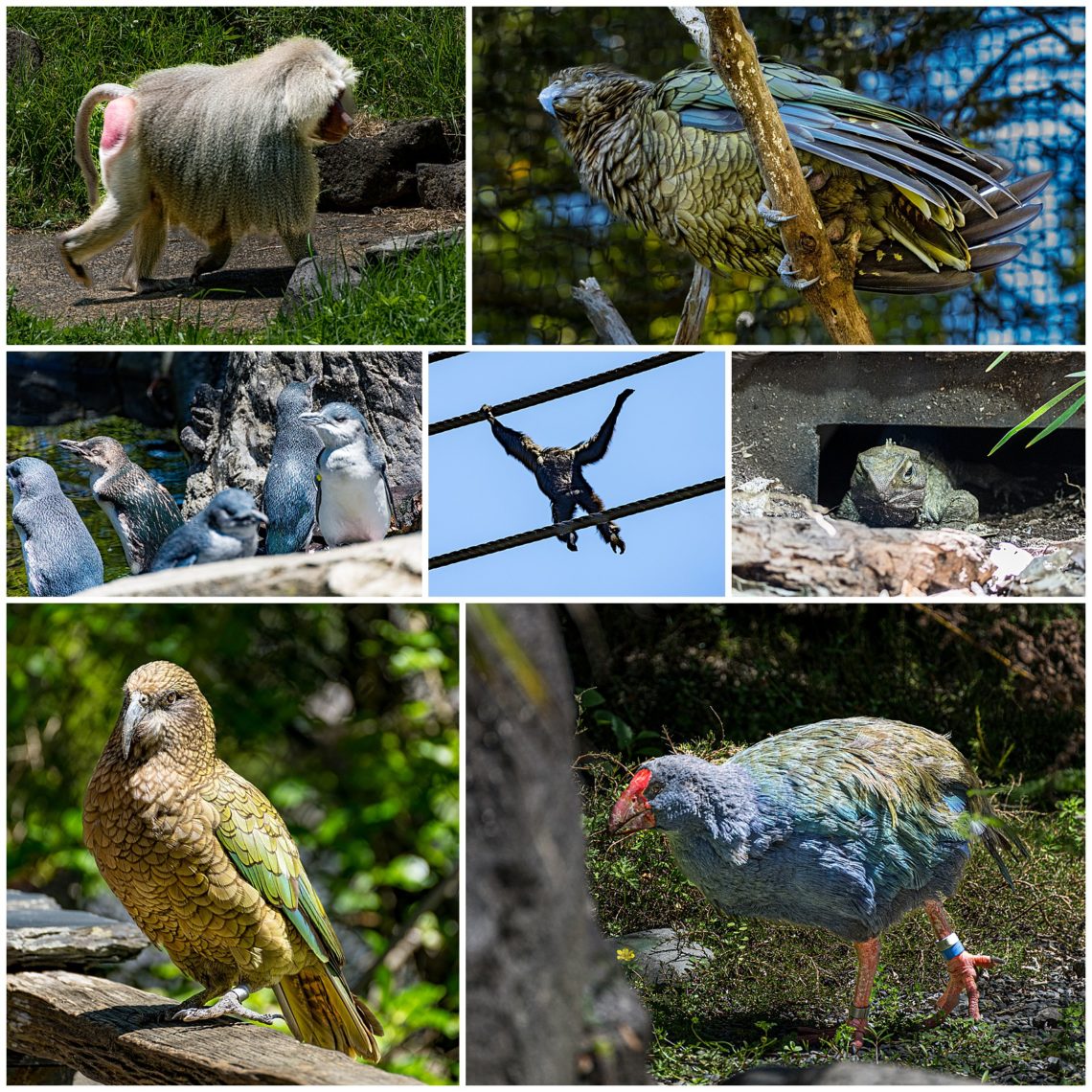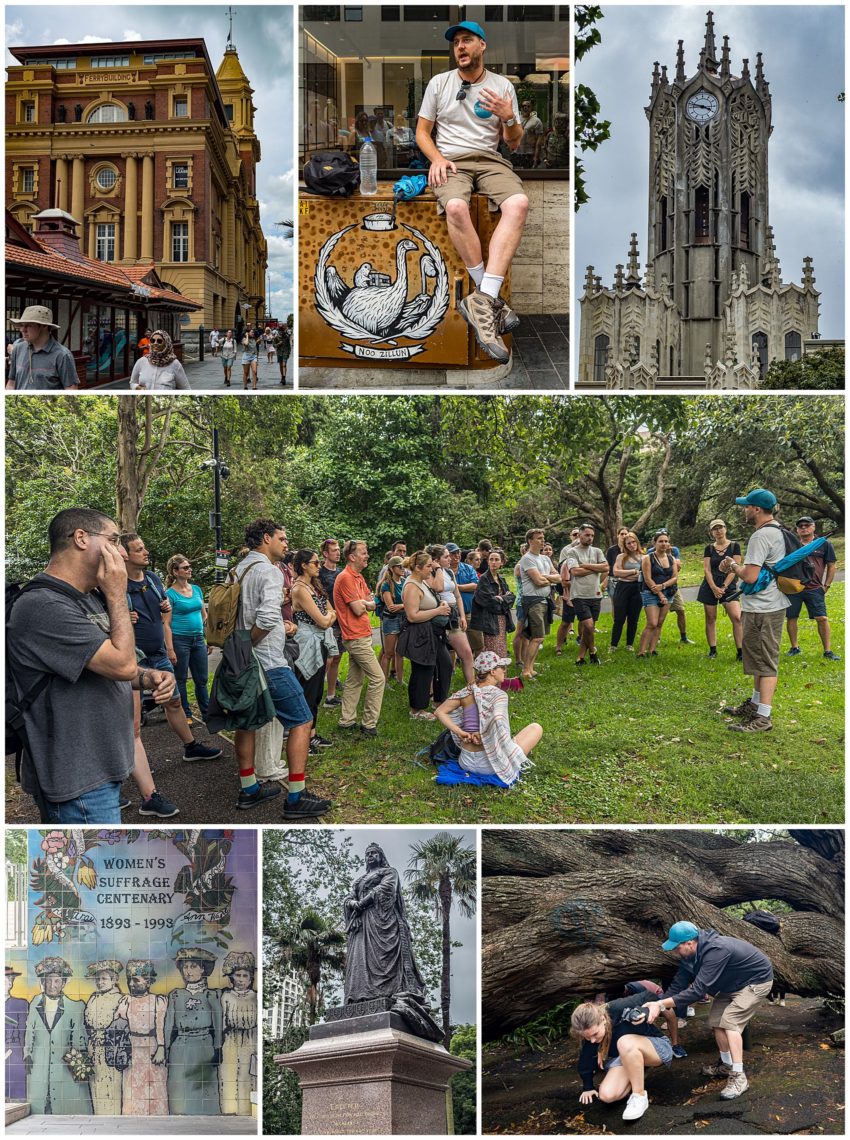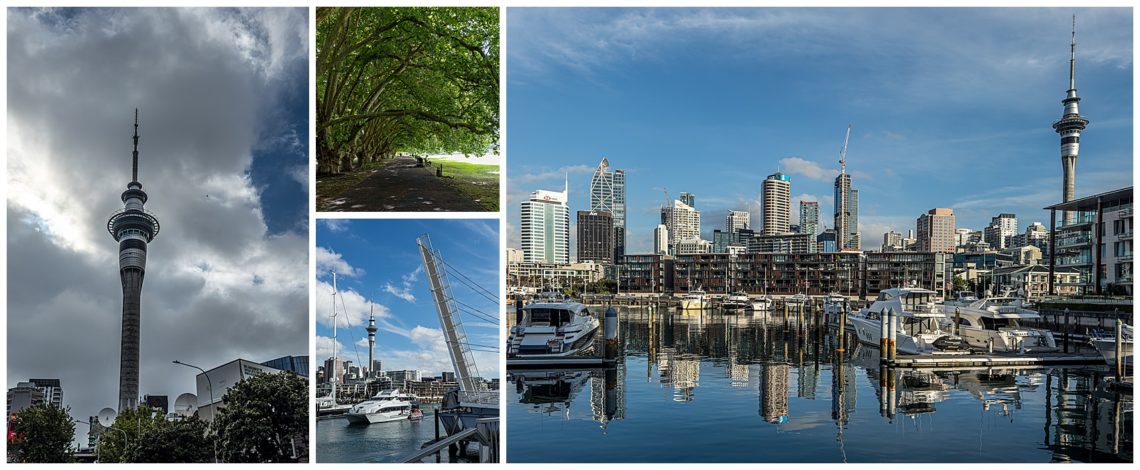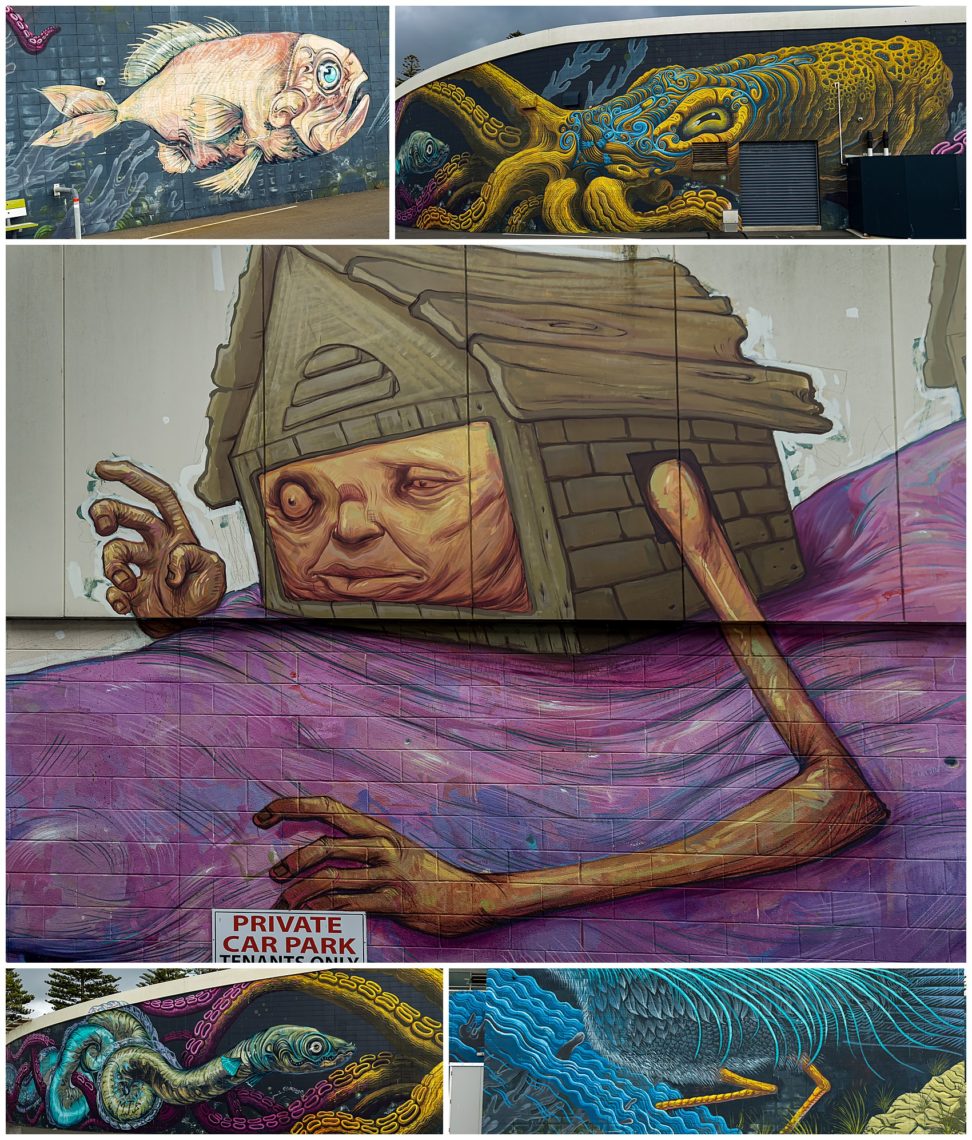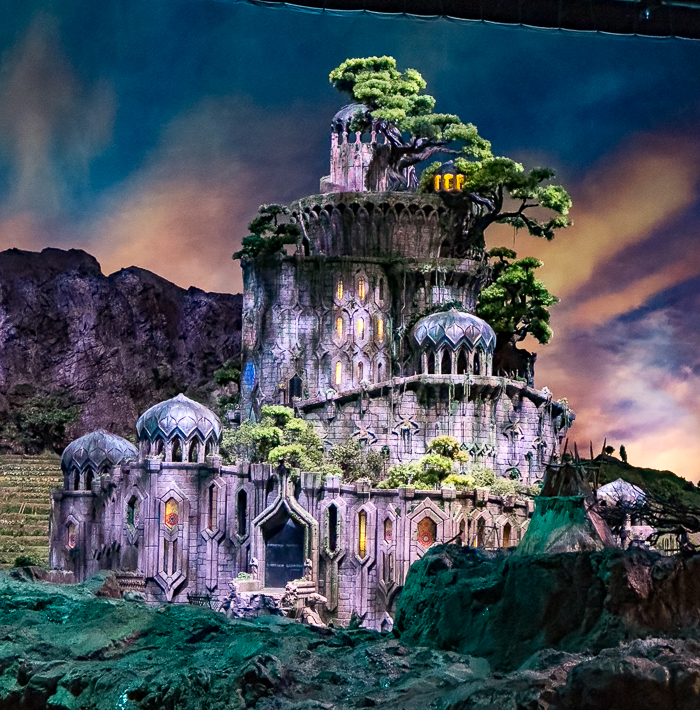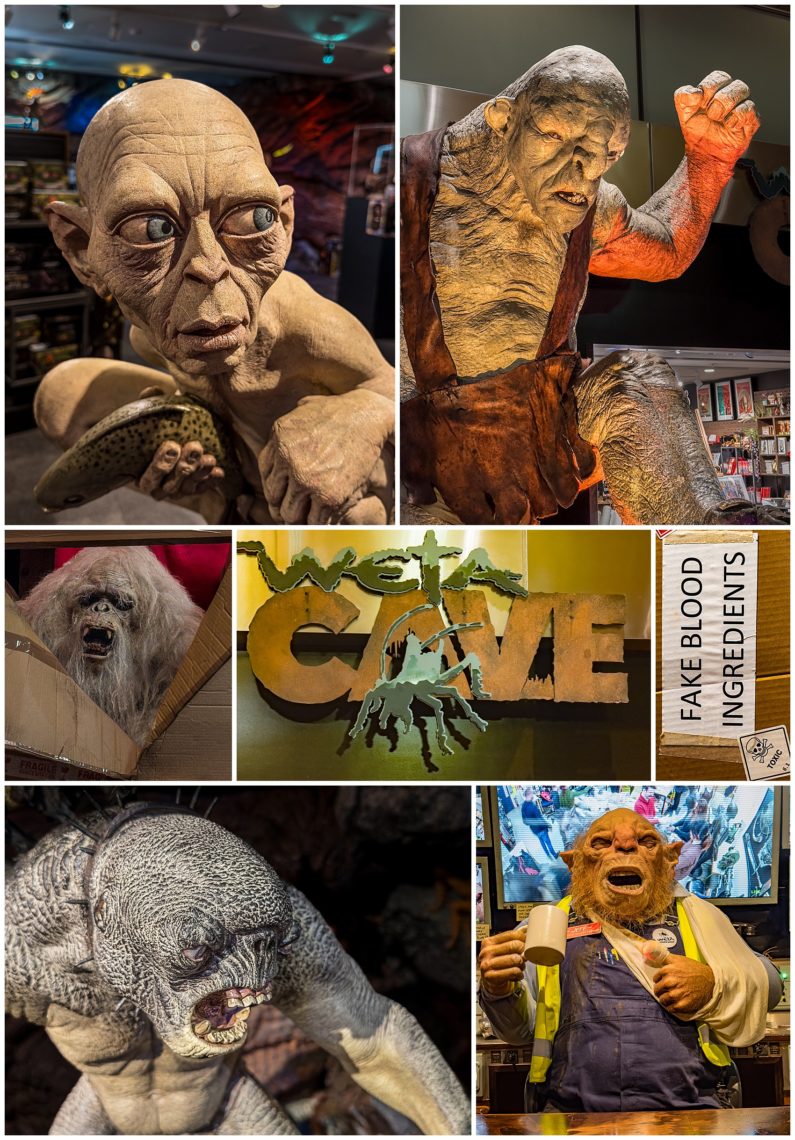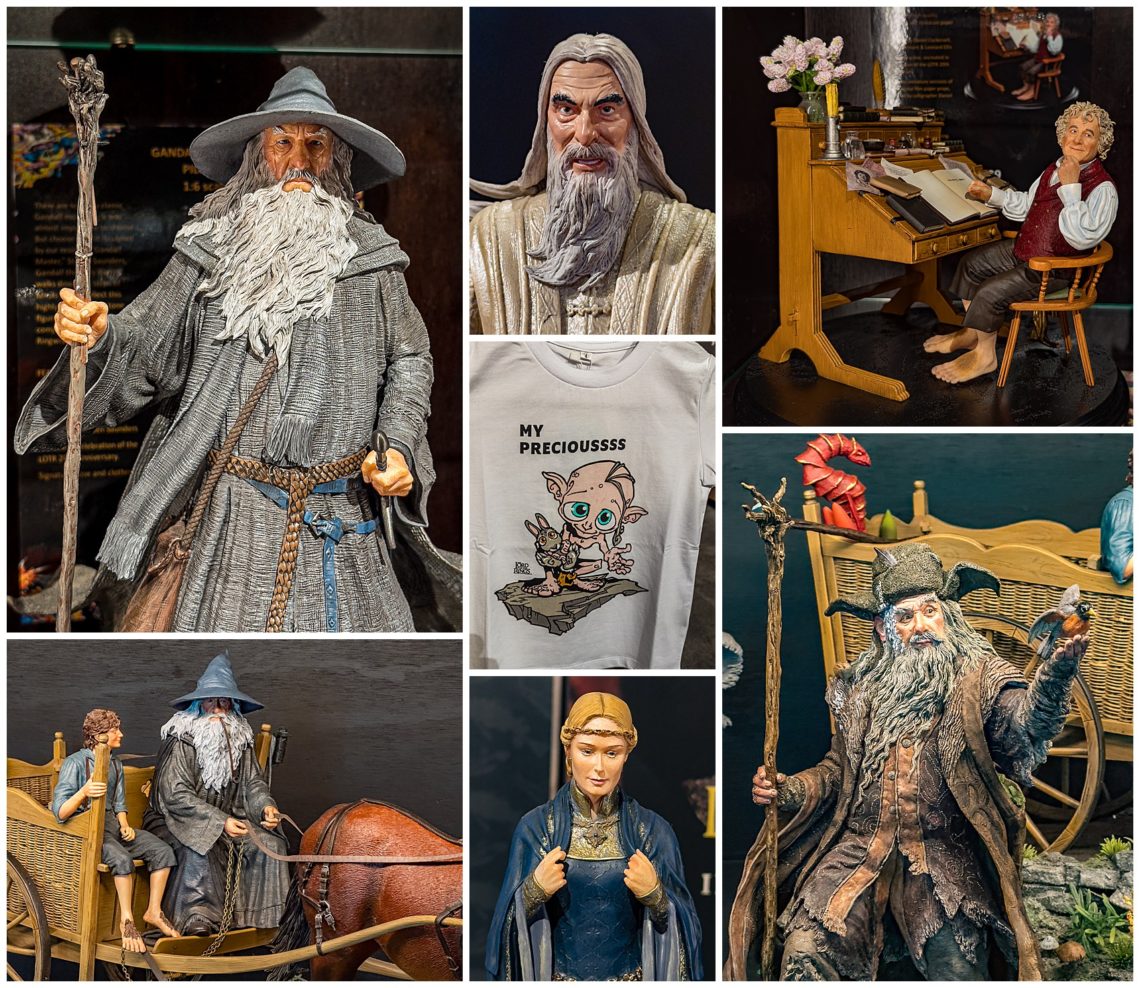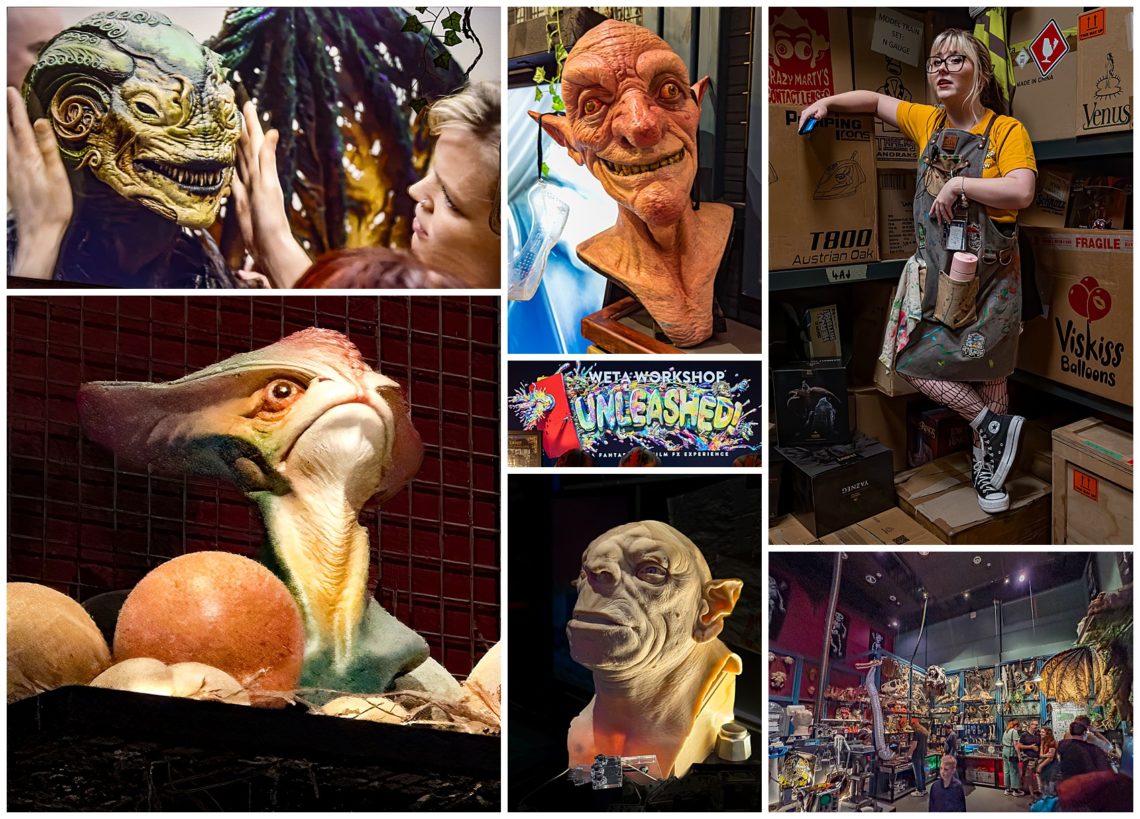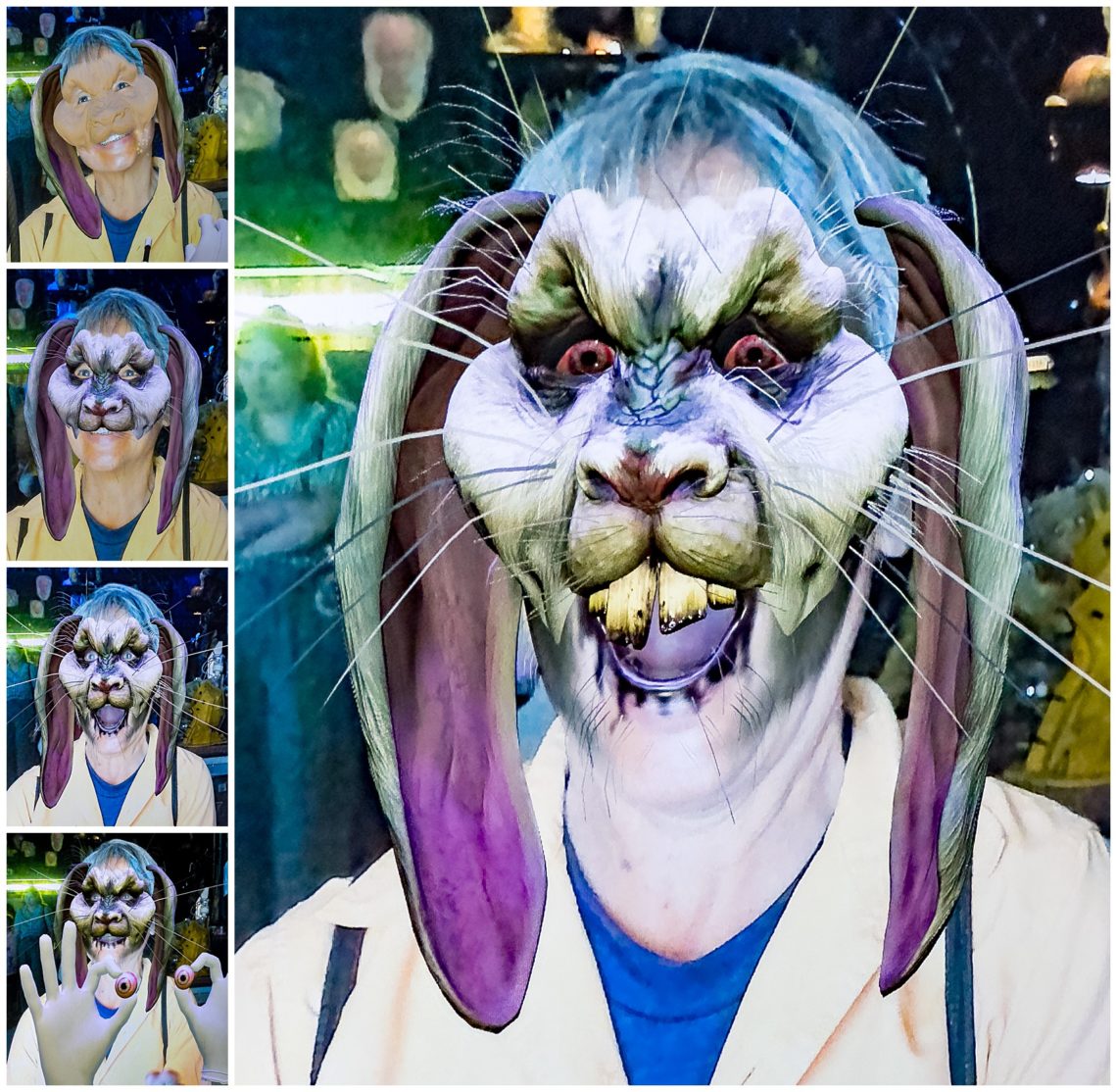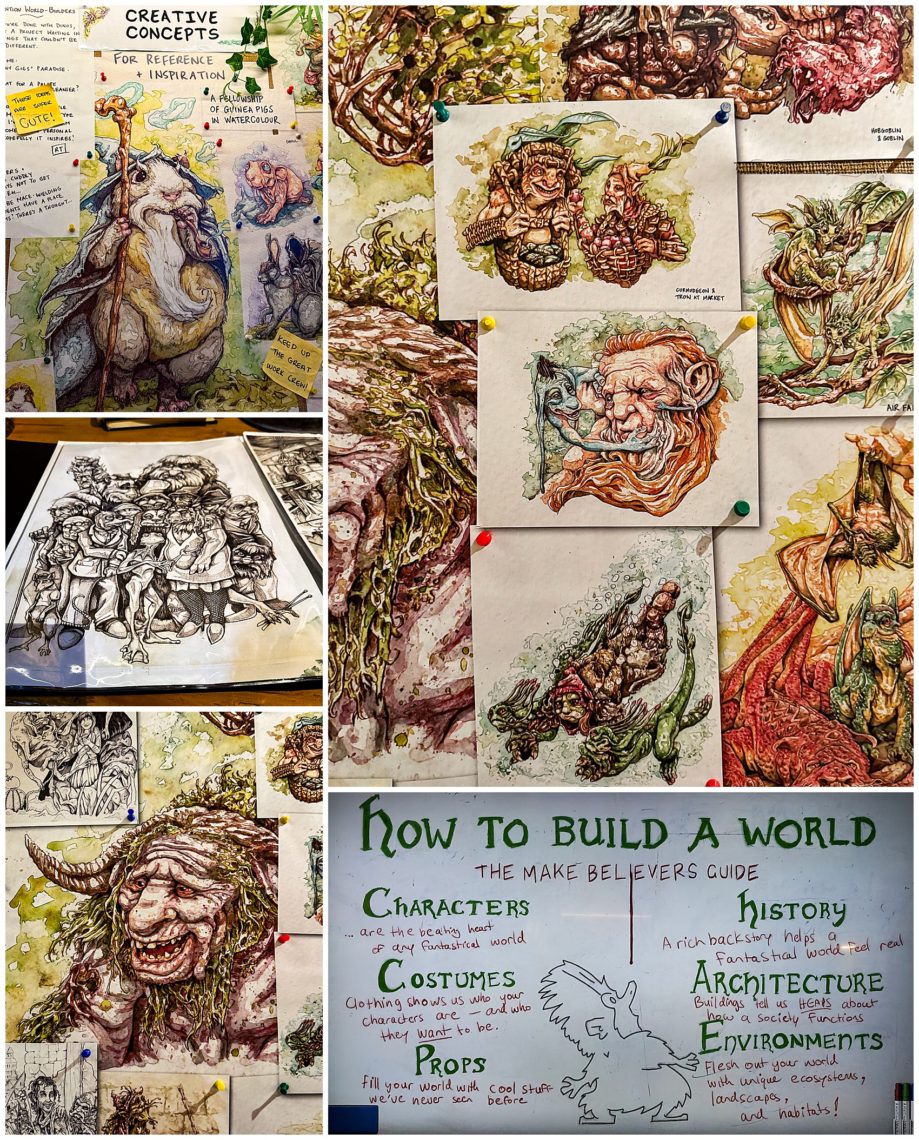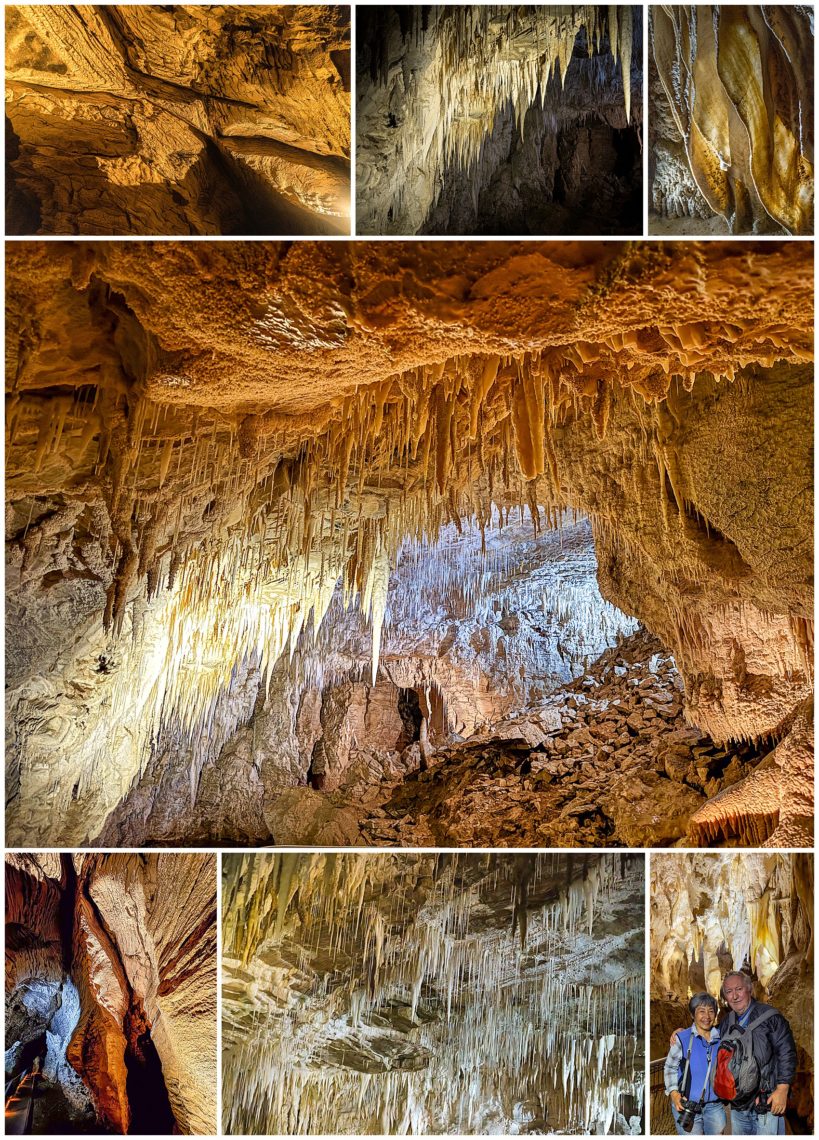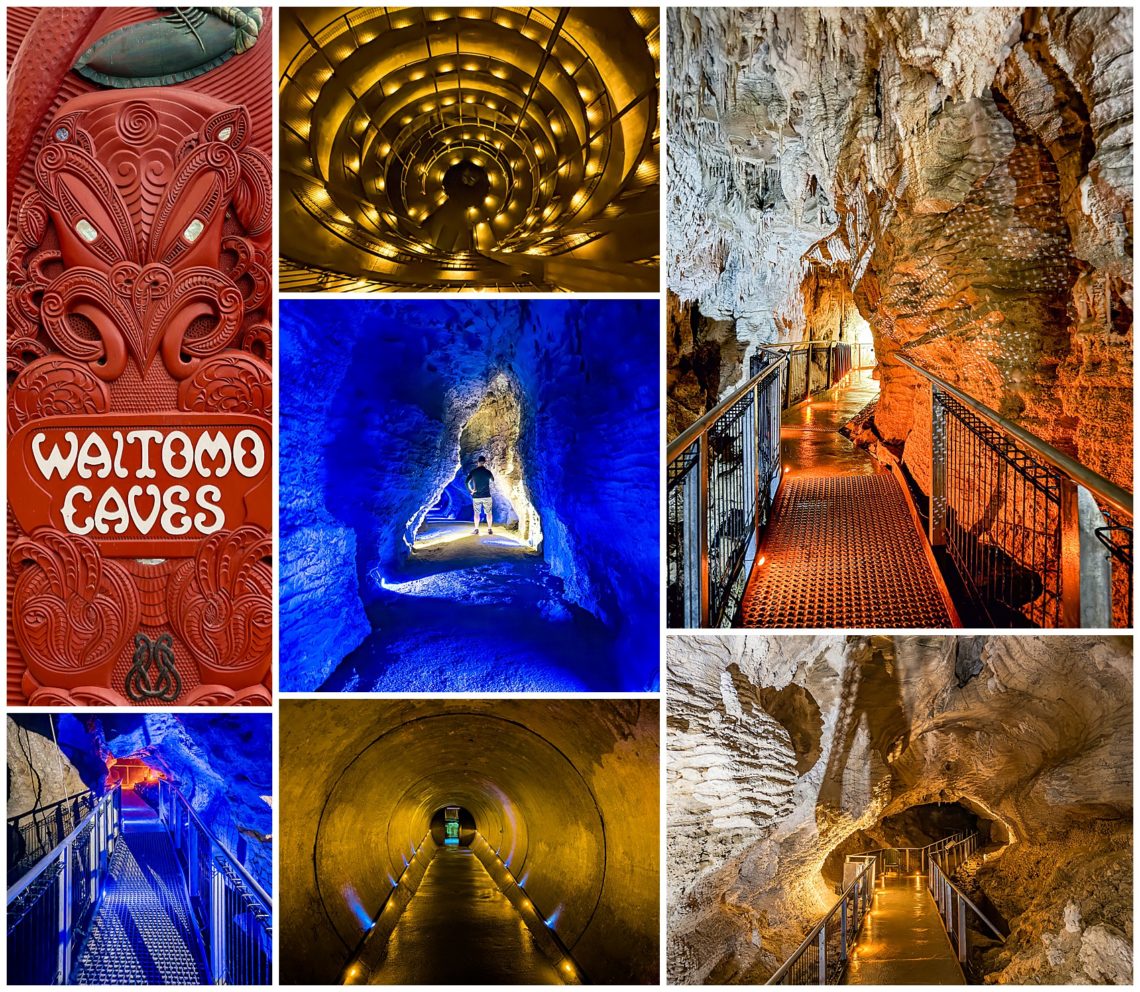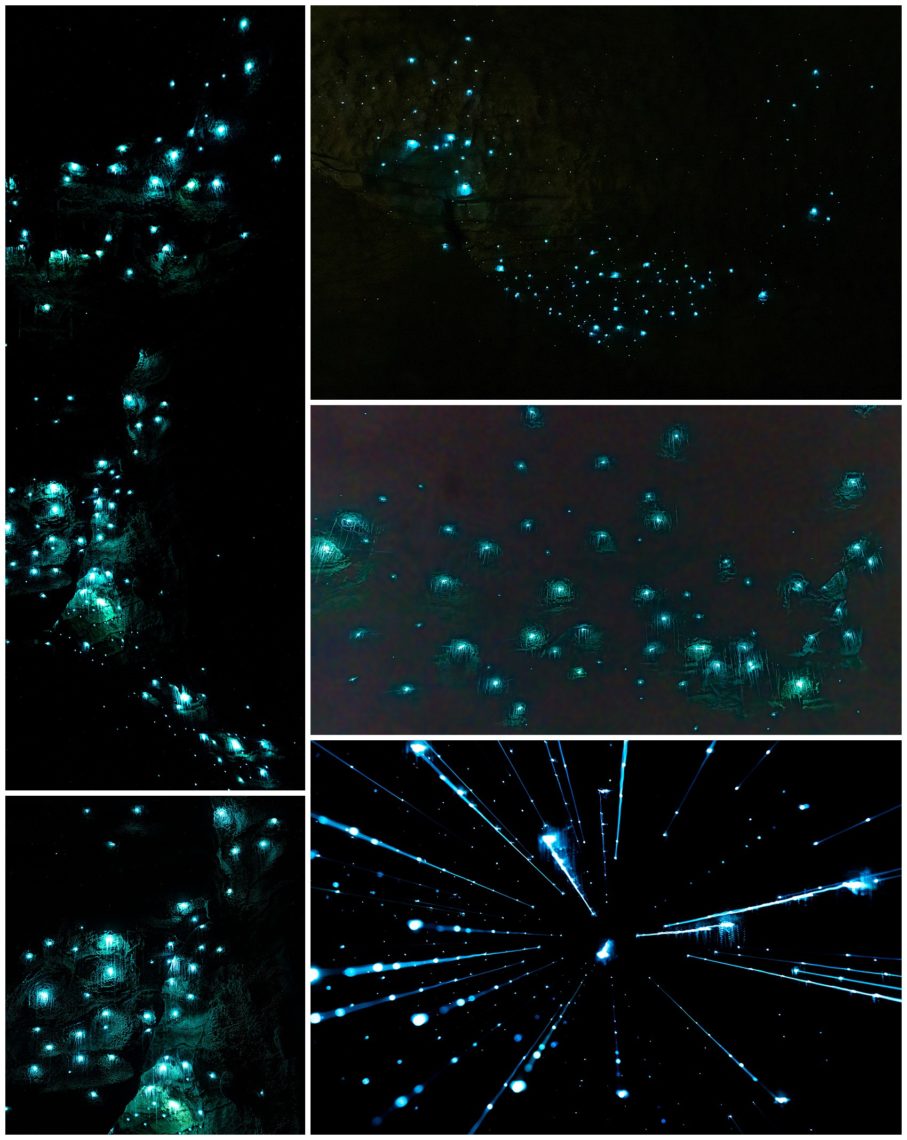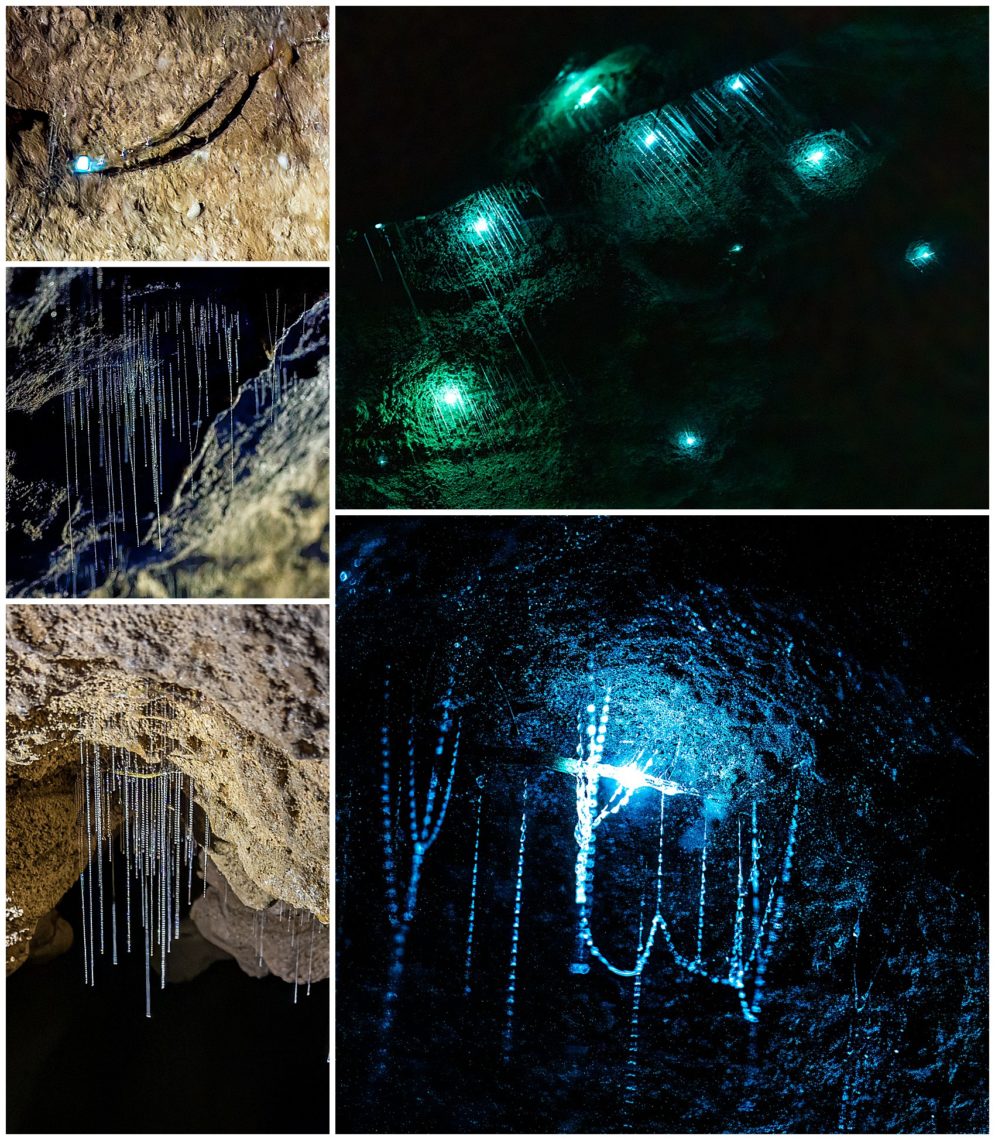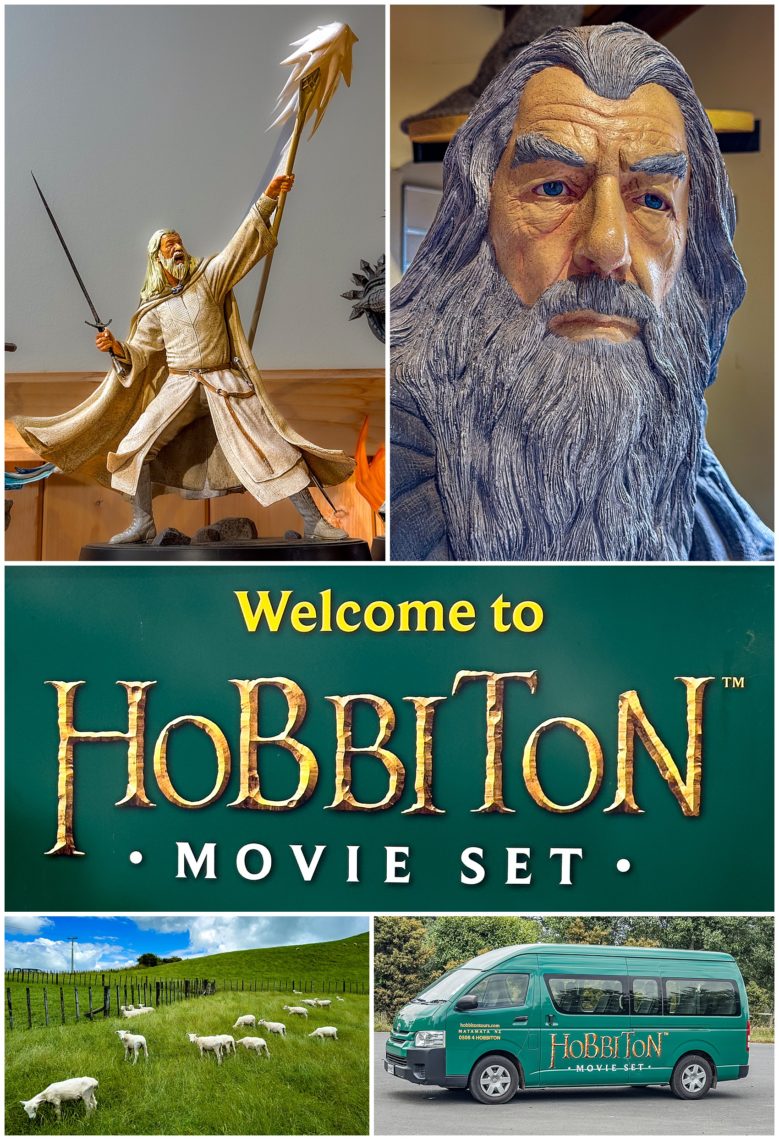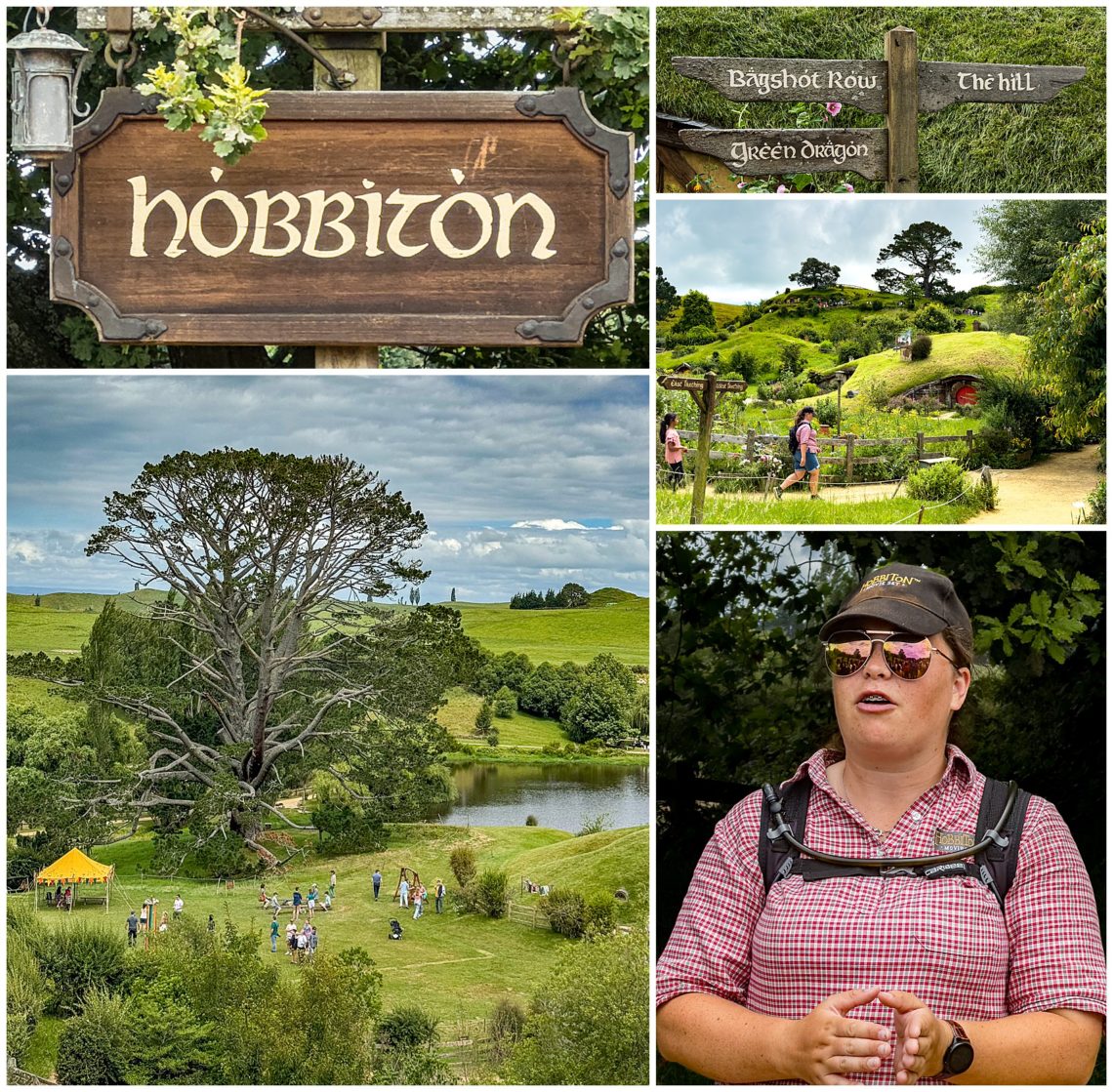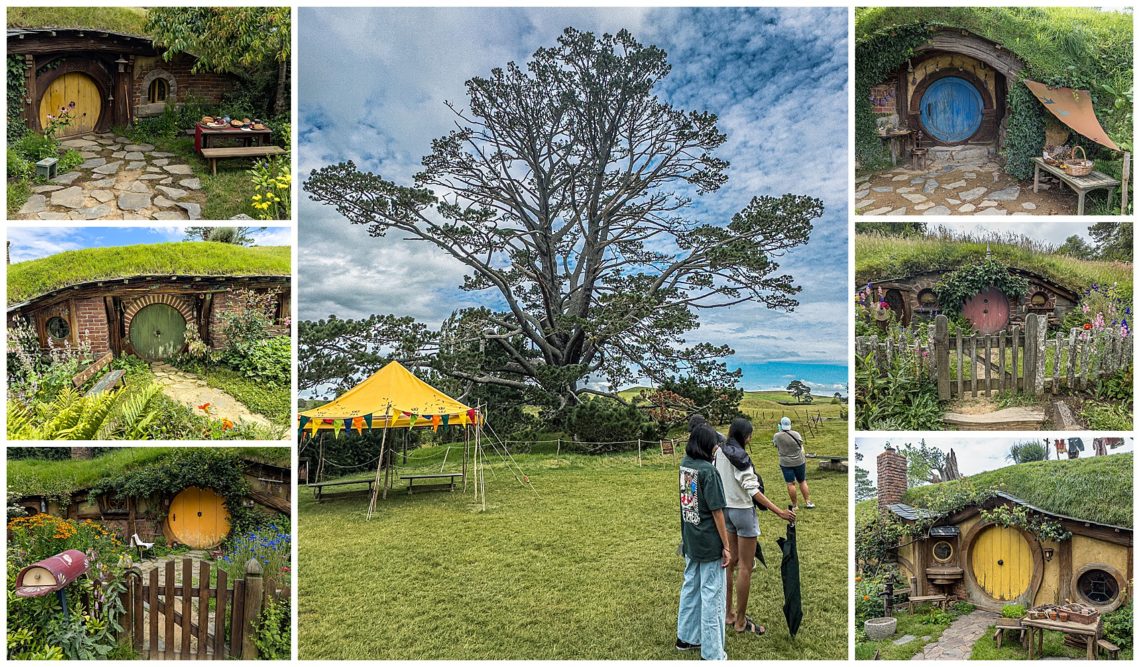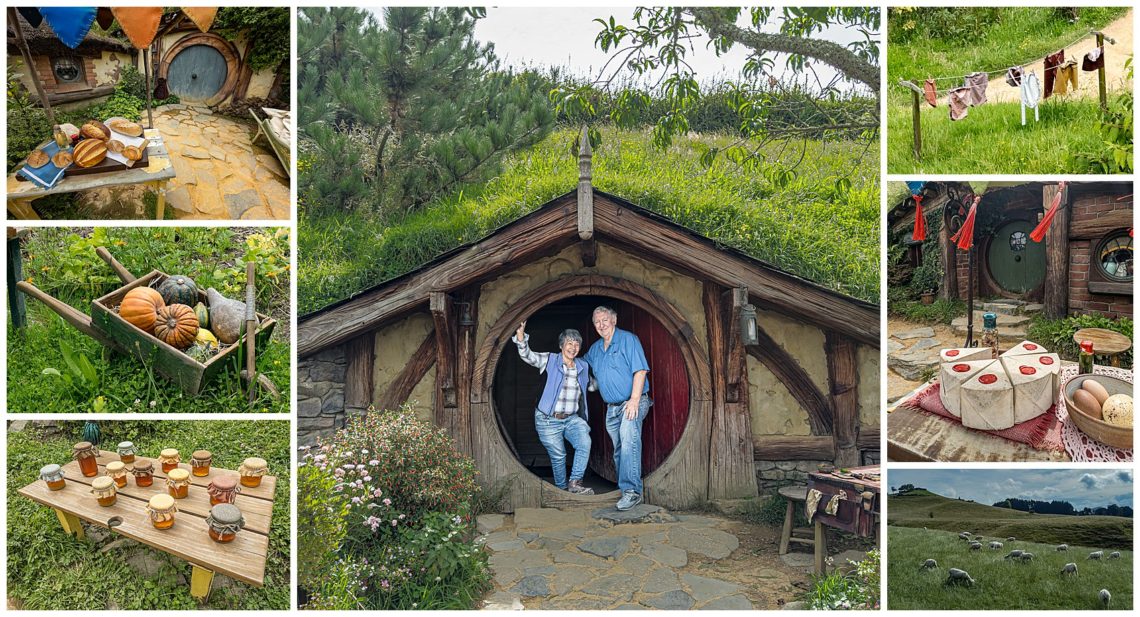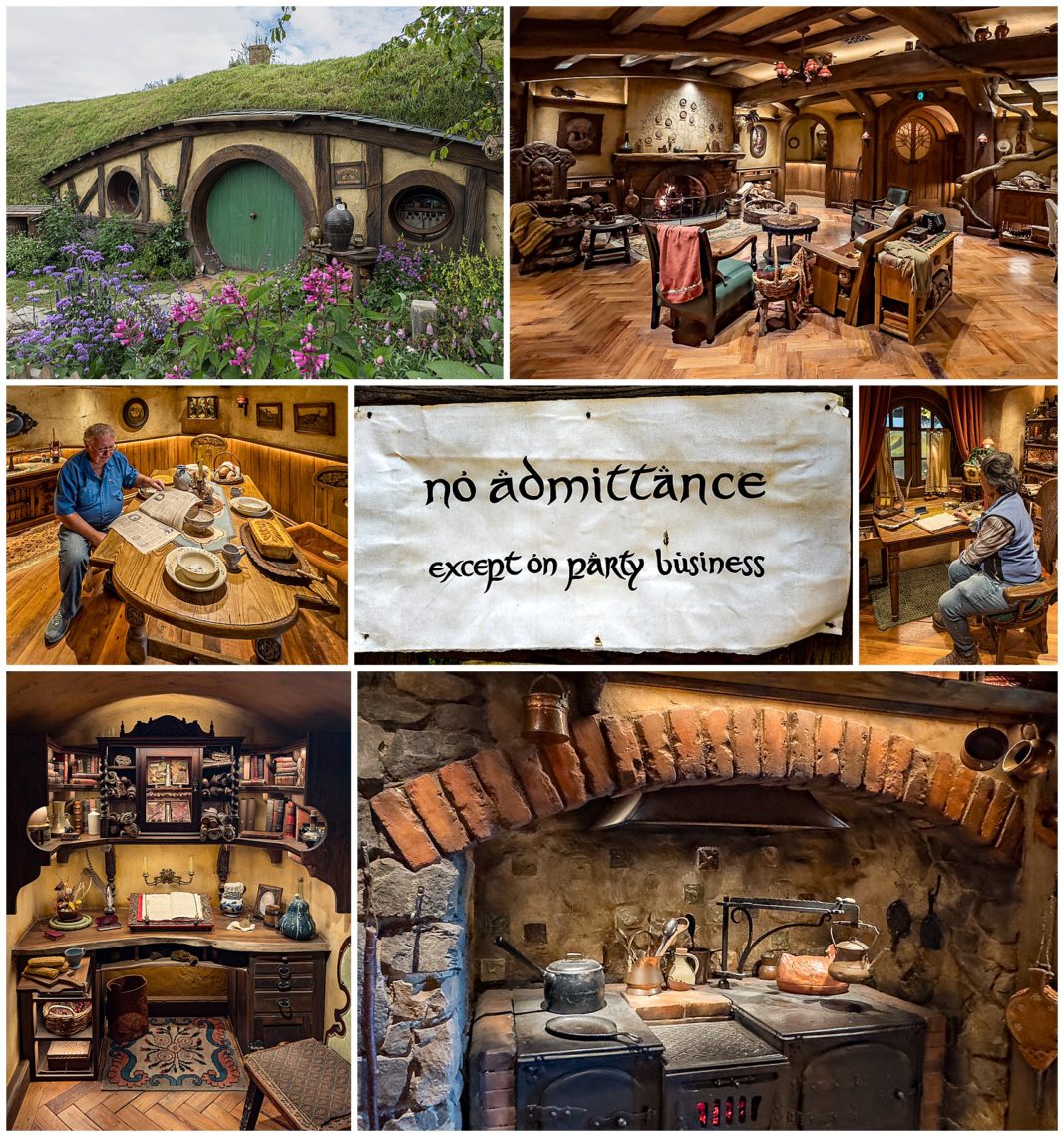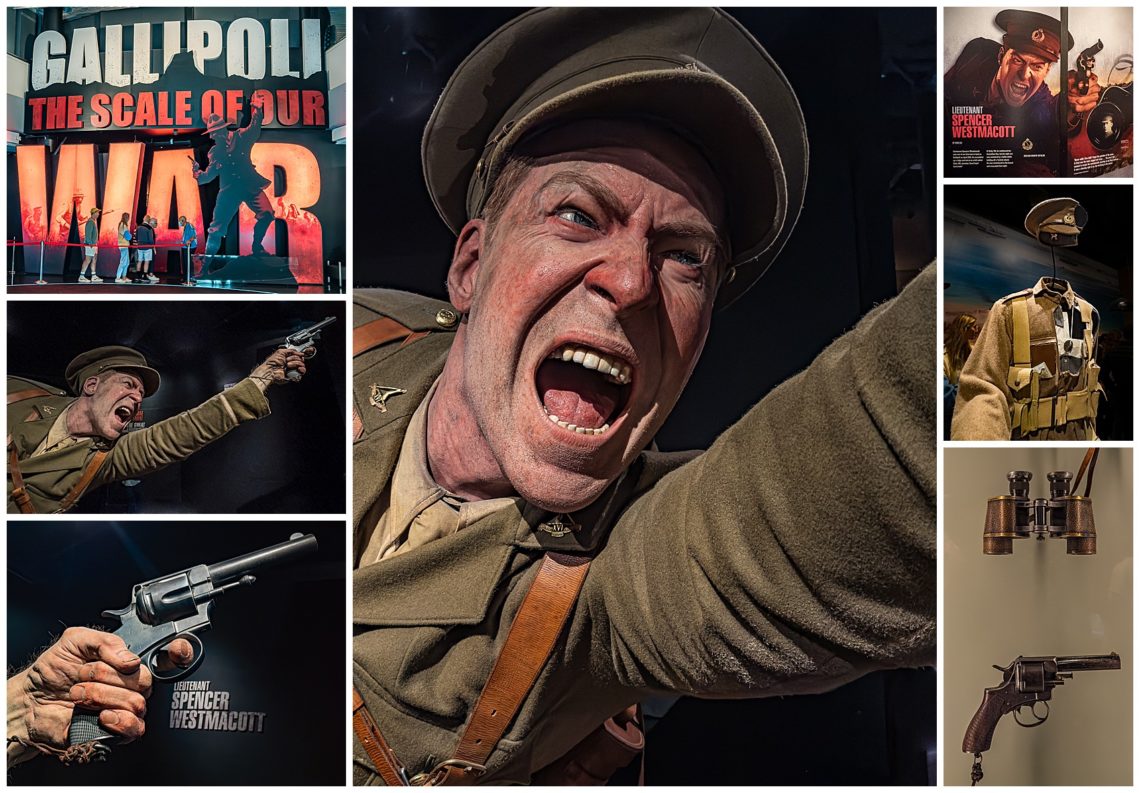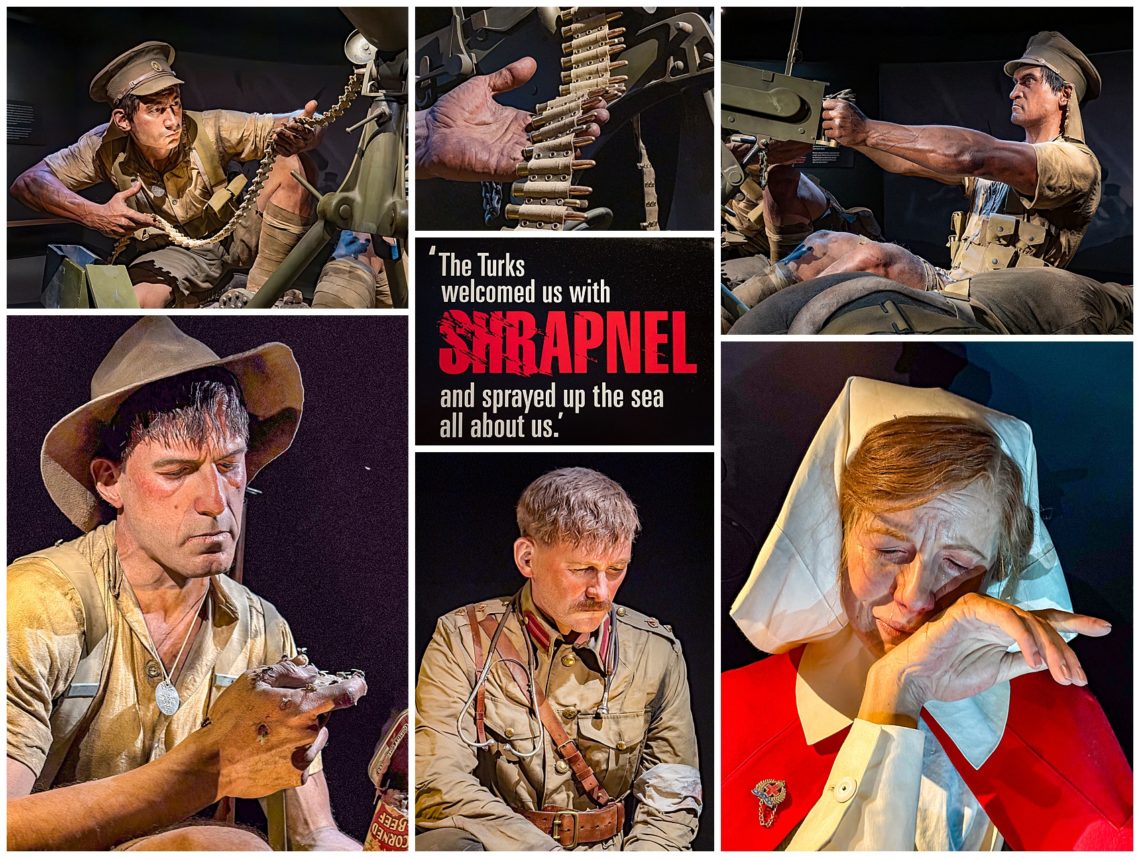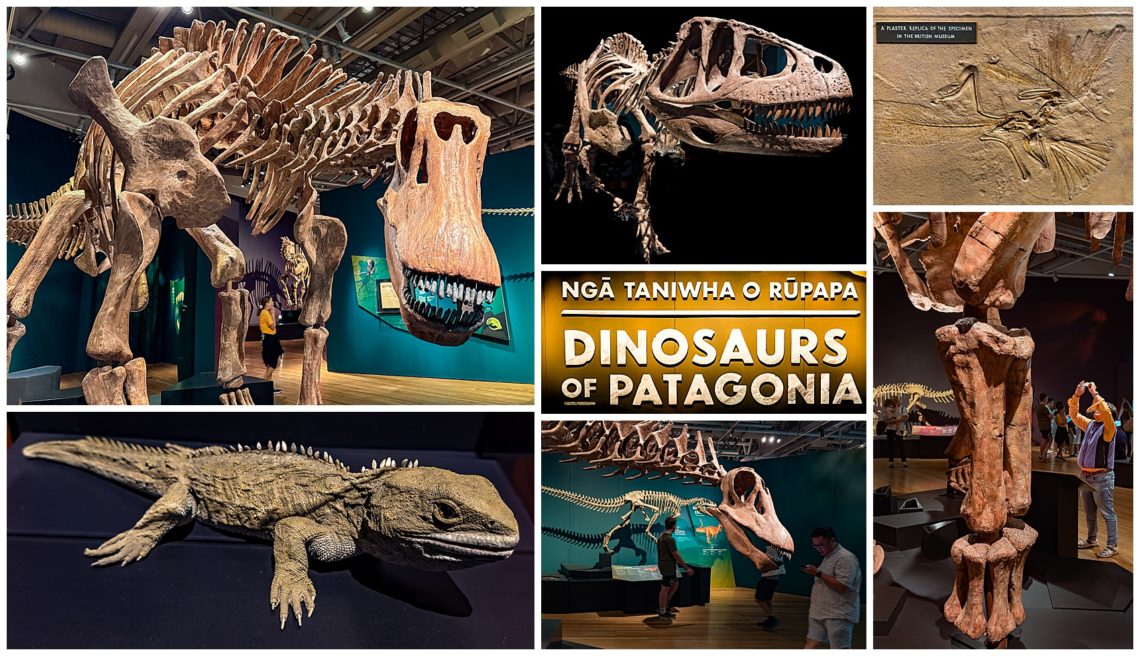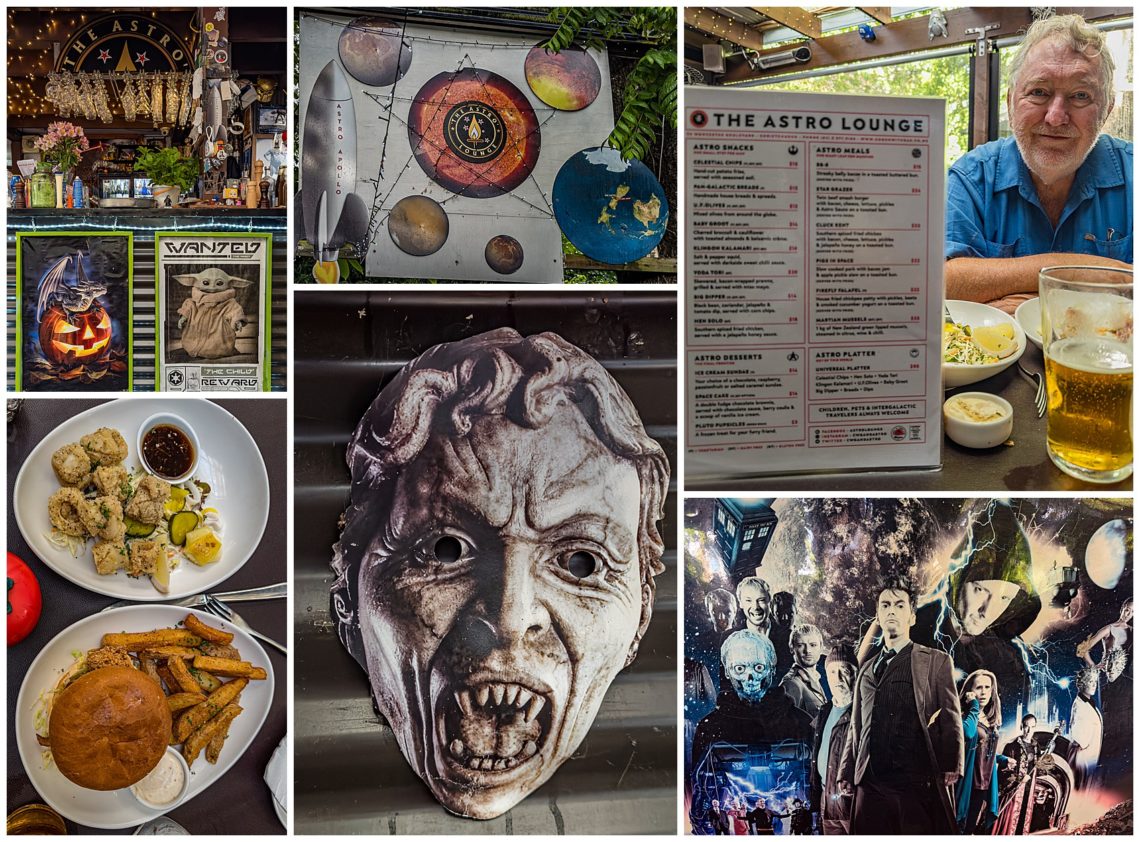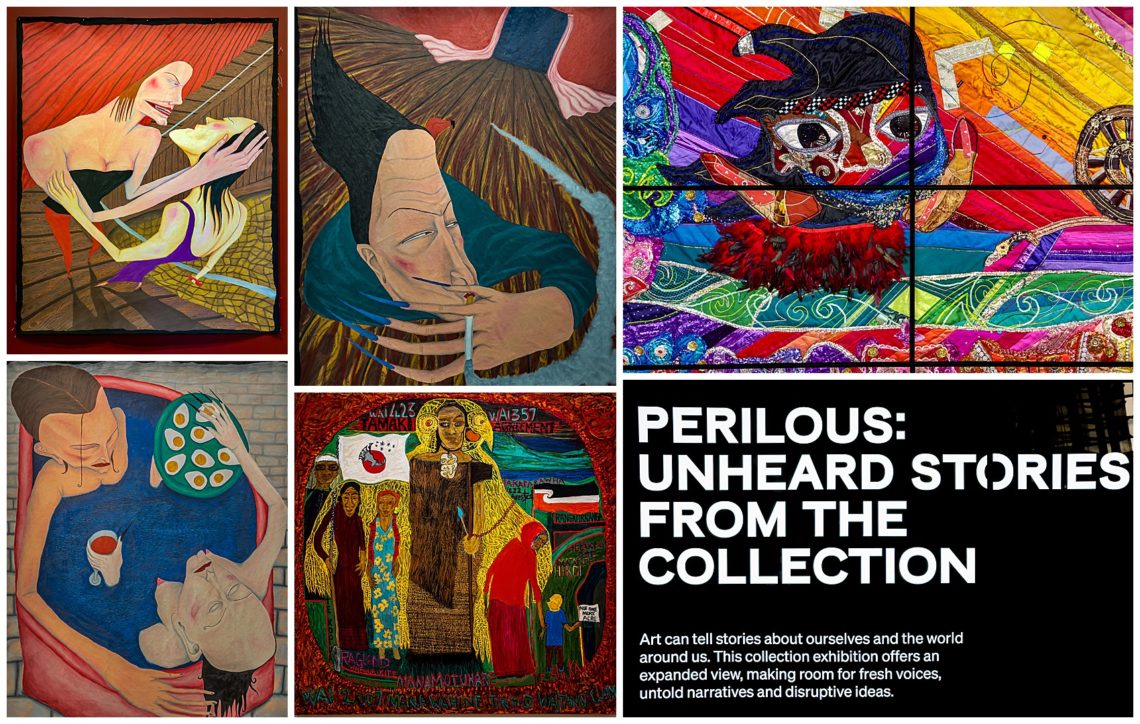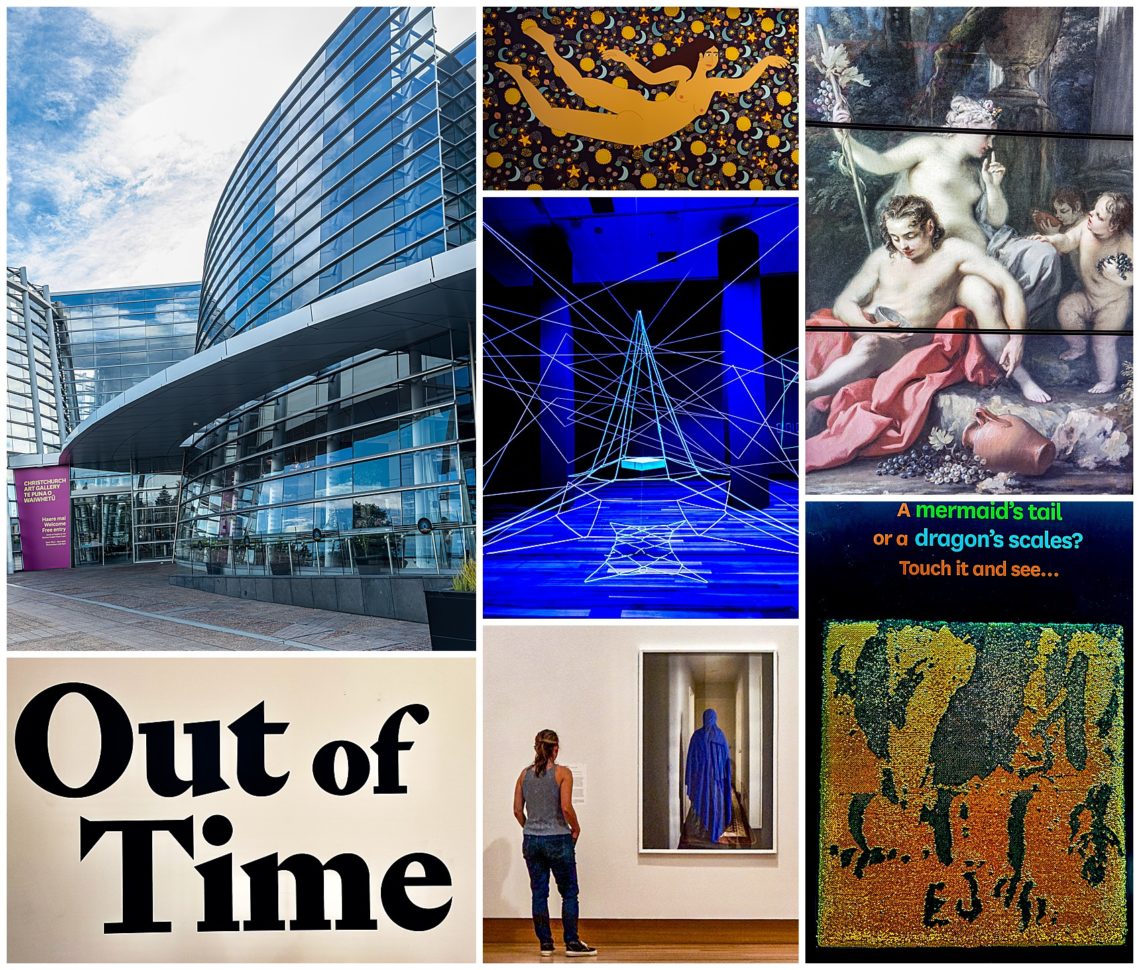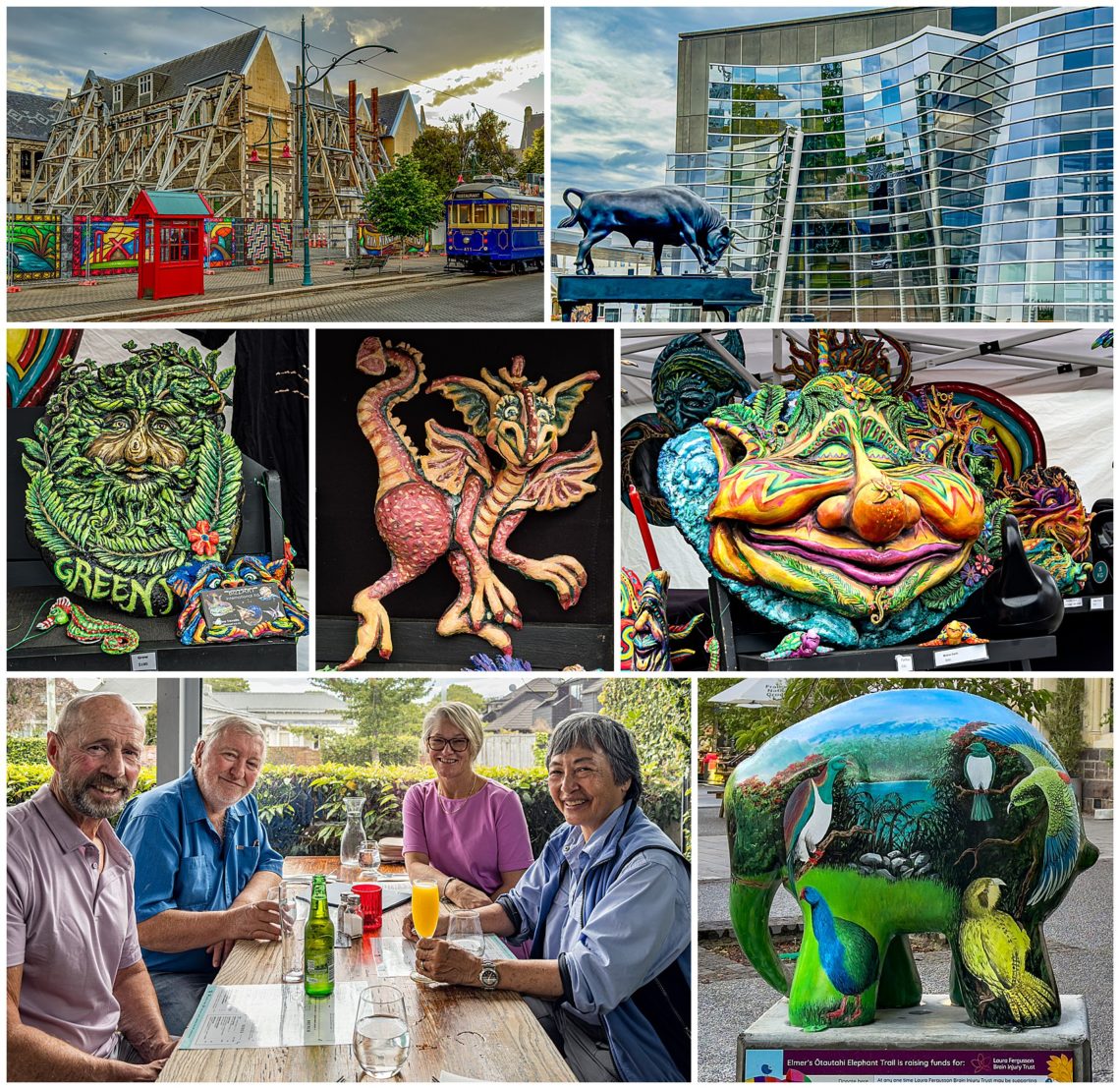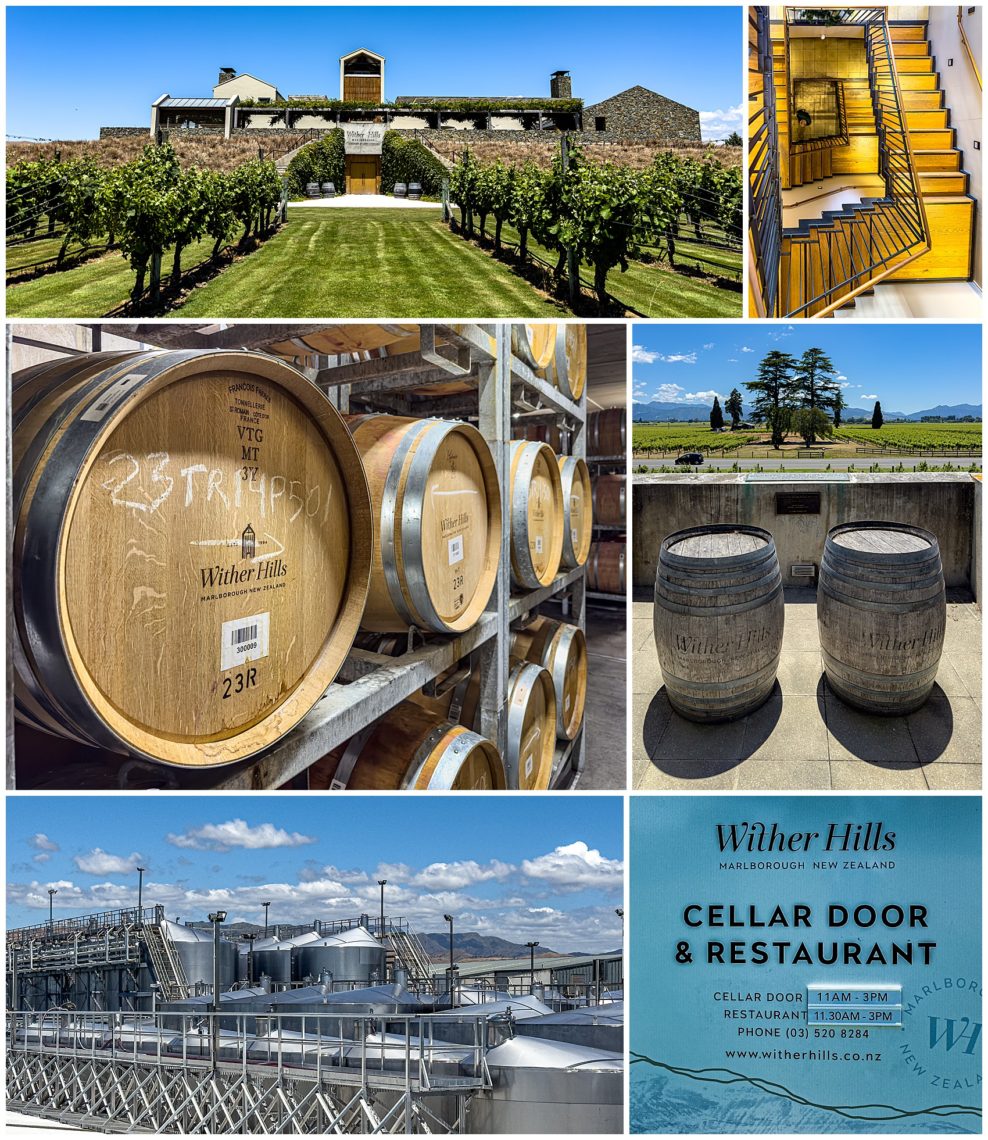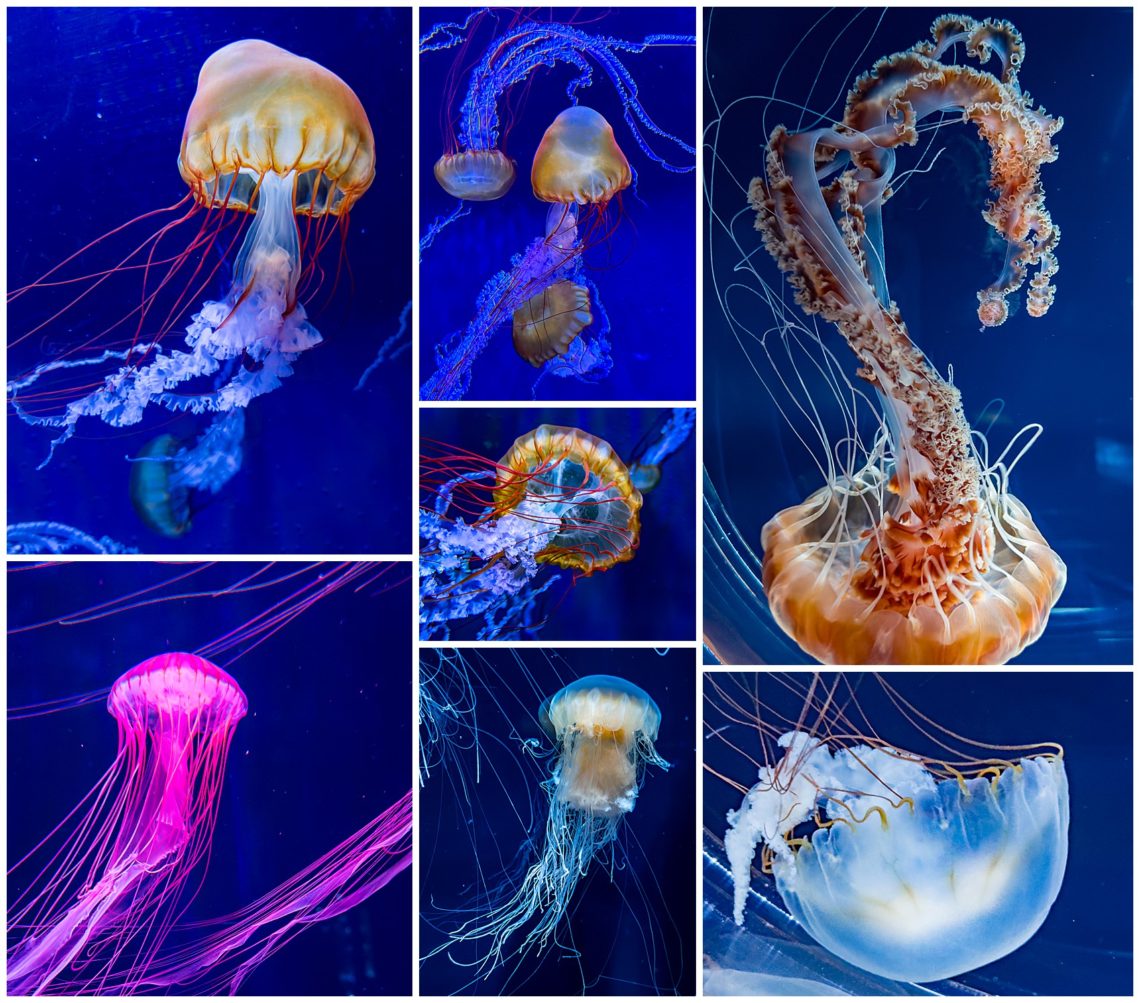
After watching the sumo wrestler’s training session, we visited the Sumida Aquarium in Oshiage, located on the 5th and 6th floor of the Tokyo Skytree. We almost skipped this aquarium as we couldn’t find the entry from inside the Skytree building. It turns out you can only enter from an outside courtyard, but there were no directional signs we could understand. We’re glad we made the extra effort, as it is a beautiful medium-size aquarium with a wonderful display of jellyfish. What is unique is the use of artificial sea water (instead of transporting ocean salt water) making it easier to maintain the aquarium.
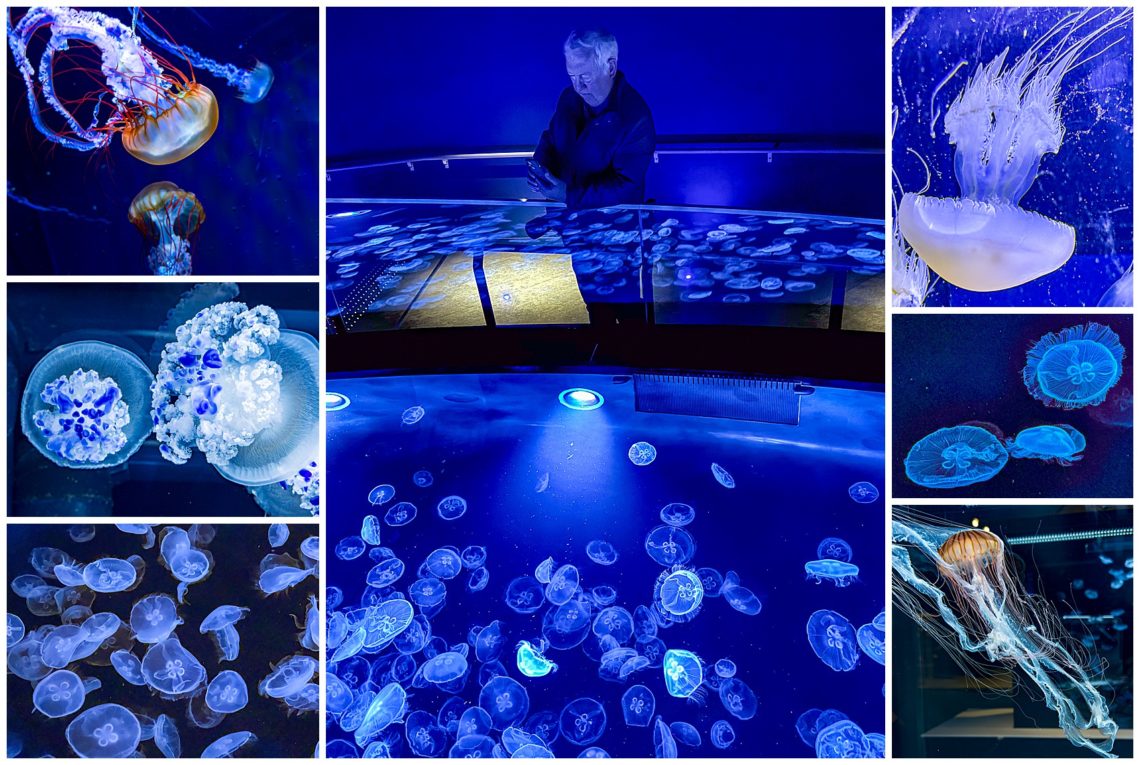
The aquarium also has a surface pool with jellyfish. Burt is having fun photographing the pool (top middle).
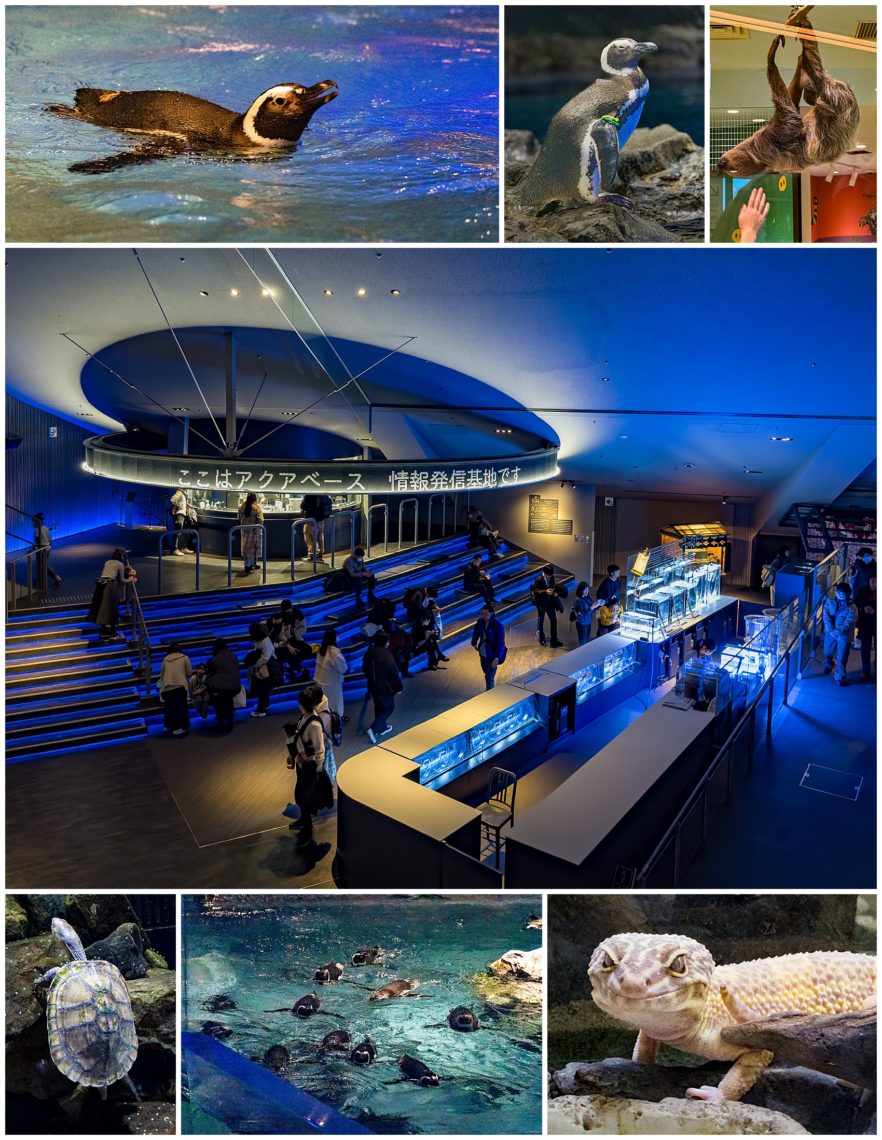
We also enjoyed seeing the 50+ Magellanic penguins, turtles and other amphibians. At feeding time, the penguins line up for their meals.
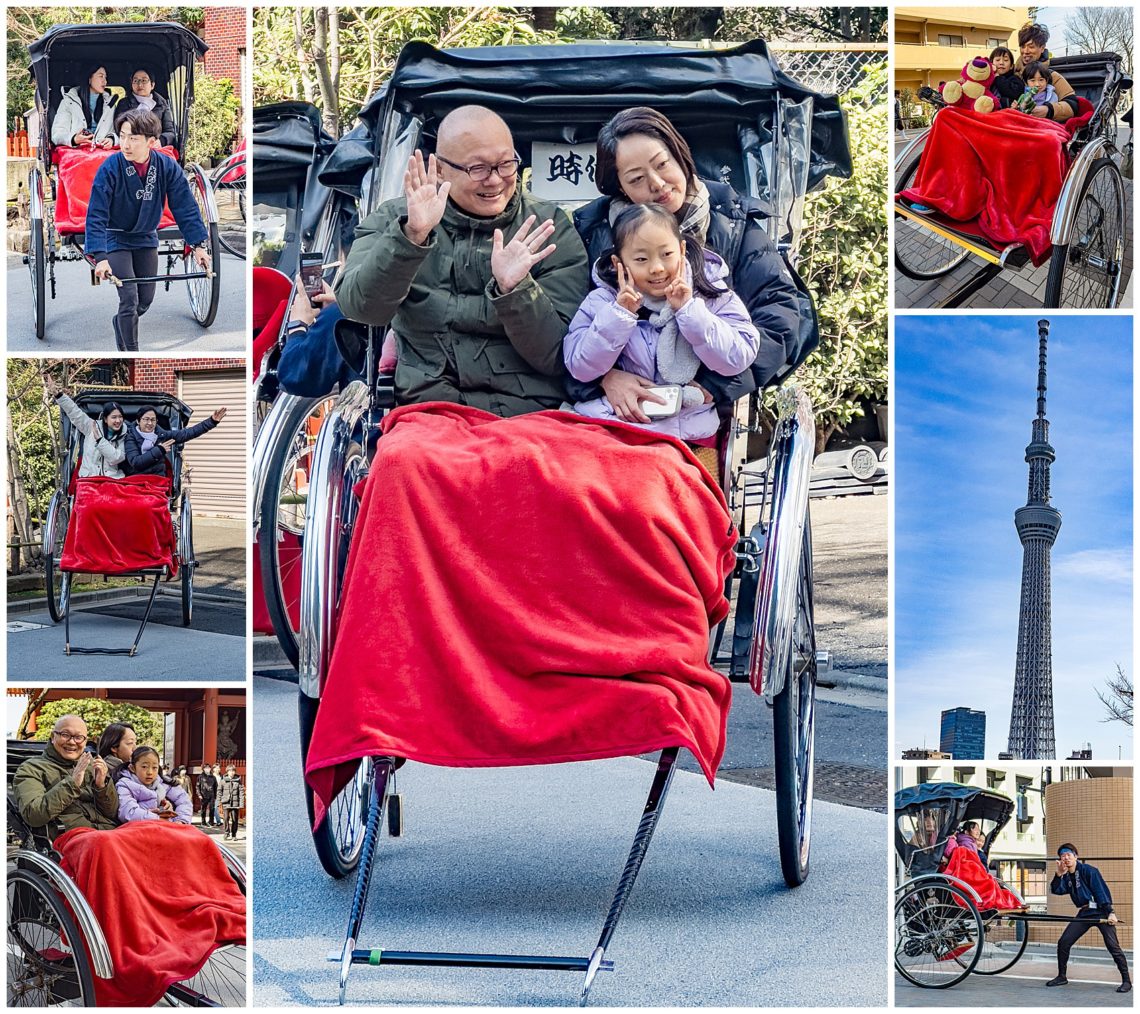
We watched tourists riding the old fashion rickshaws touring the Asakusa district and posing for their shots in front of the Tokyo Skytower. We also went bar hopping in Shinjuku, and Burt even sang an Earth, Wind and Fire song at a Karaoke bar, all part of celebrating his birthday (and trust me… you do NOT want to hear a recording of it !). All it takes are glasses of Sake to get into the mood to celebrate.
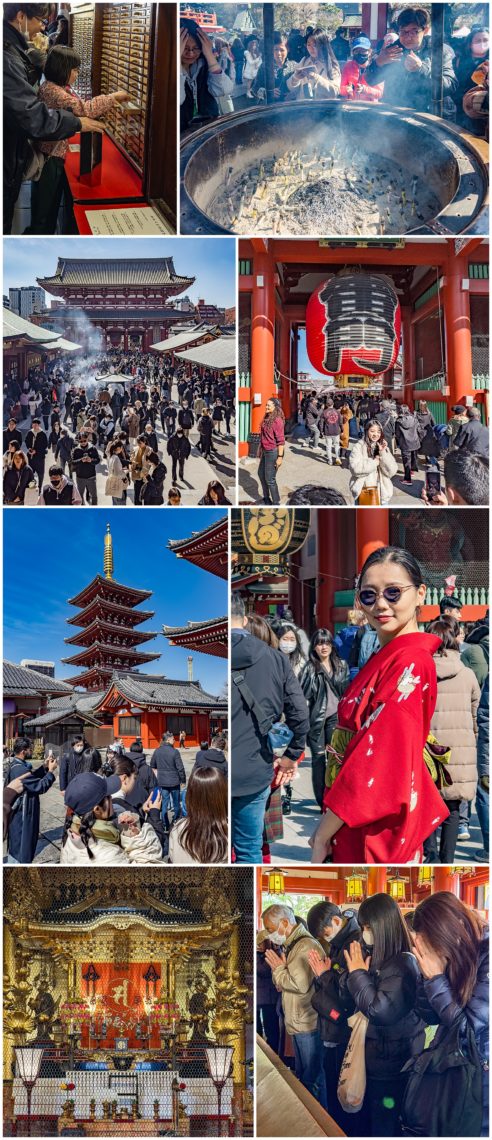
The Asakusa Sensoji Temple is one of the most visited sites in Tokyo. This is Tokyo’s oldest Buddhist temple. Although touristy, the architecture is quite intricate and you get a chance to meander through the shopping street filled with eateries, crafts, shops. There are various rituals required before entering the temple, including getting a fortune(op left), and cleansing routines, such as spreading smoke from burning incense(top right) or water.
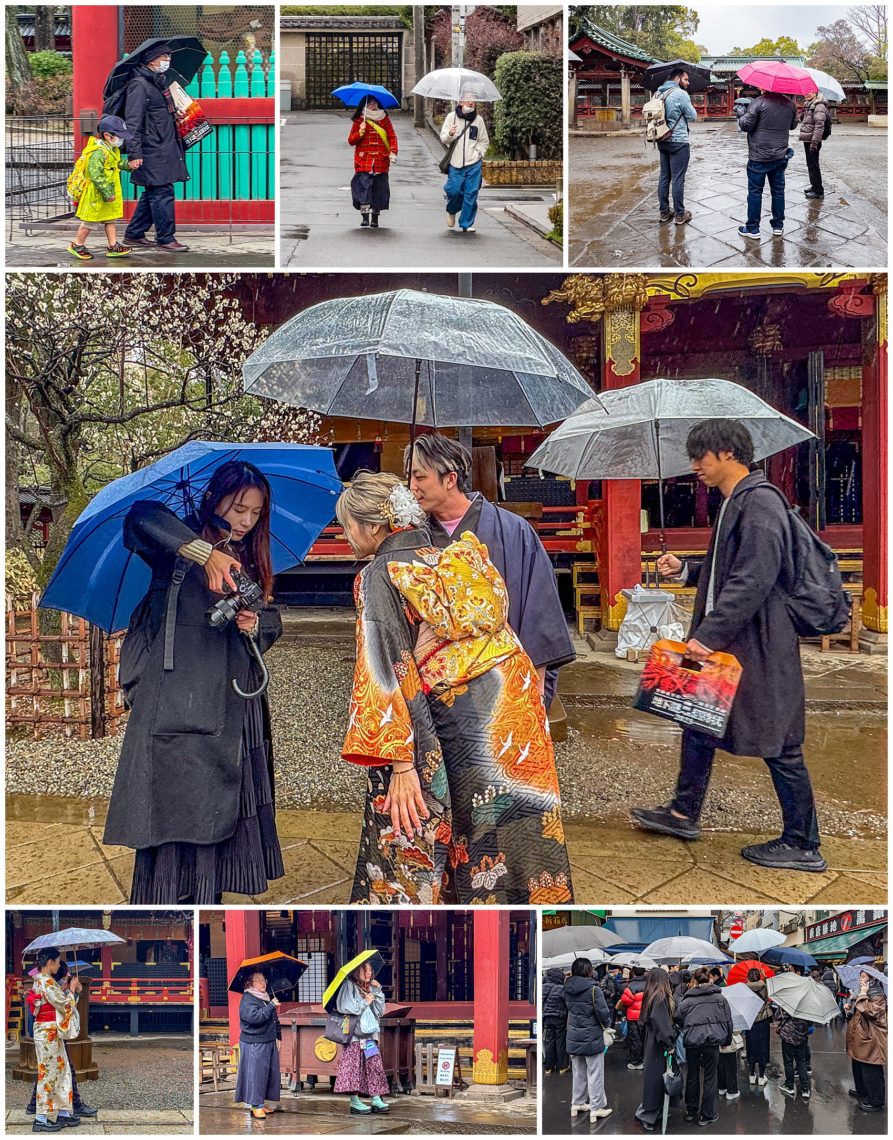
We toured various Buddhist temples in the Yanaka Ginza neighborhoods. It was raining the entire period we were in Tokyo, sprinkled with a few hours of sunshine. The air always felt clean, but we were wearing our thermal underwear in this unseasonably cold stretch. In Japan, we always felt safe and there was the sense of politeness, calm, elegance and friendliness we love about Japan. There was no trash, no graffiti, no homeless. We plan to return and explore other parts of Japan.
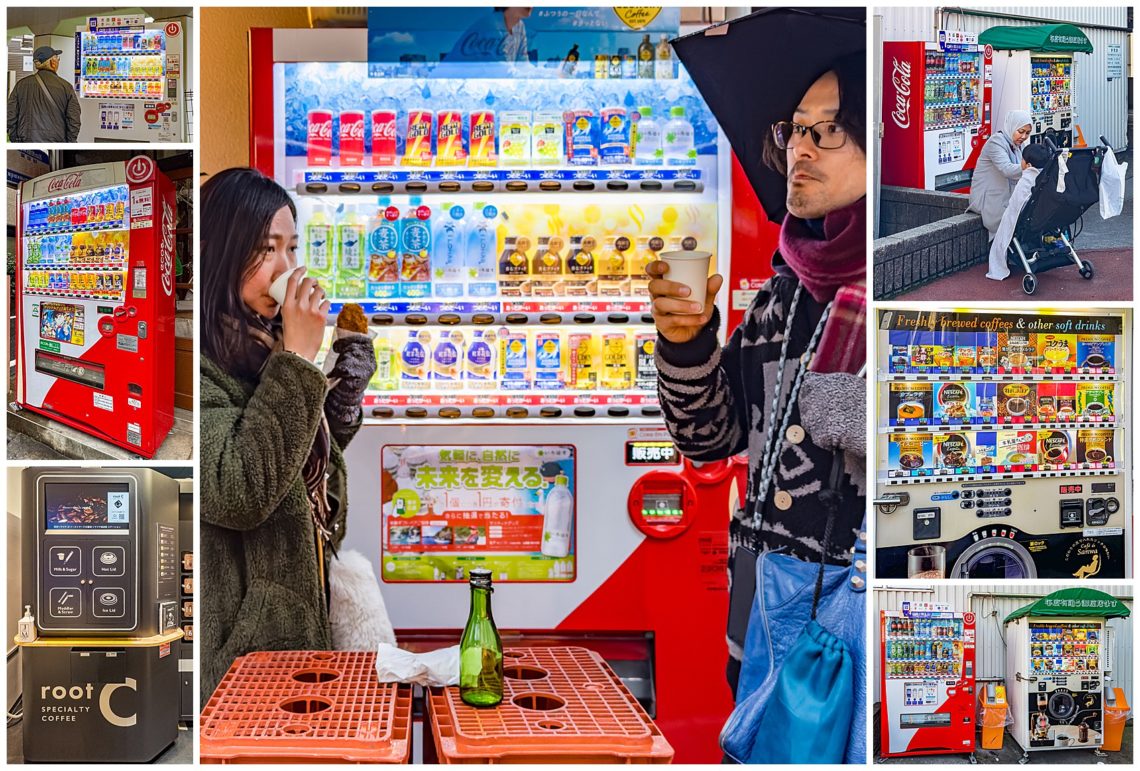
In Tokyo vending machines are everywhere, including at bus and metro stops, in apartment buildings, in the middle of parking lots, in public parks, office buildings. They are prolific. You can find vending machines for snacks, soft drinks, coffee, water, tea, beer. You can use your credit card everywhere. Even at the airports, the scan machines are efficient, with face recognition.
The jellyfish display at the Skytower Aquarium was a delight.
